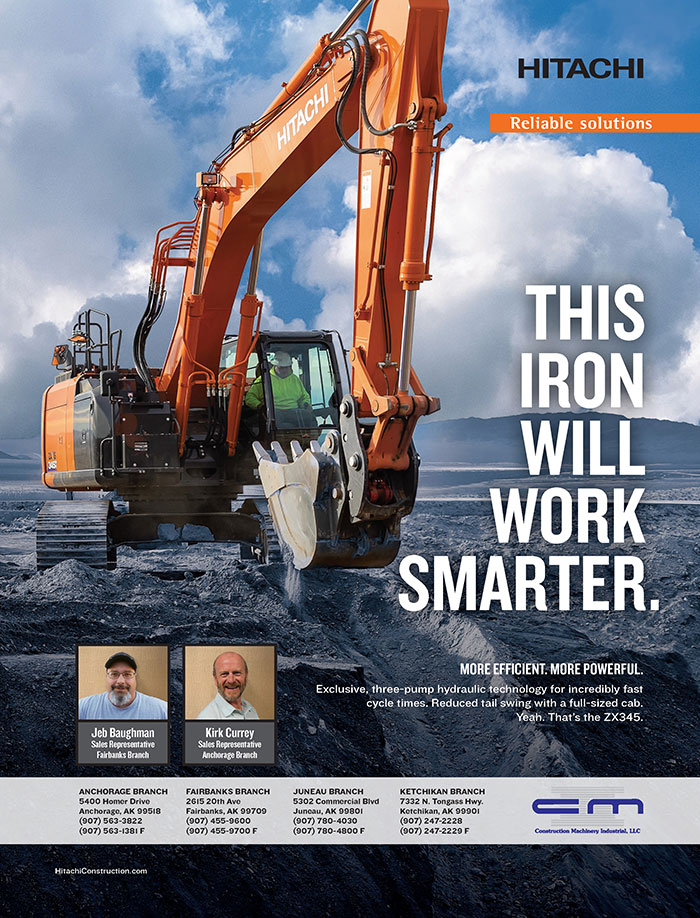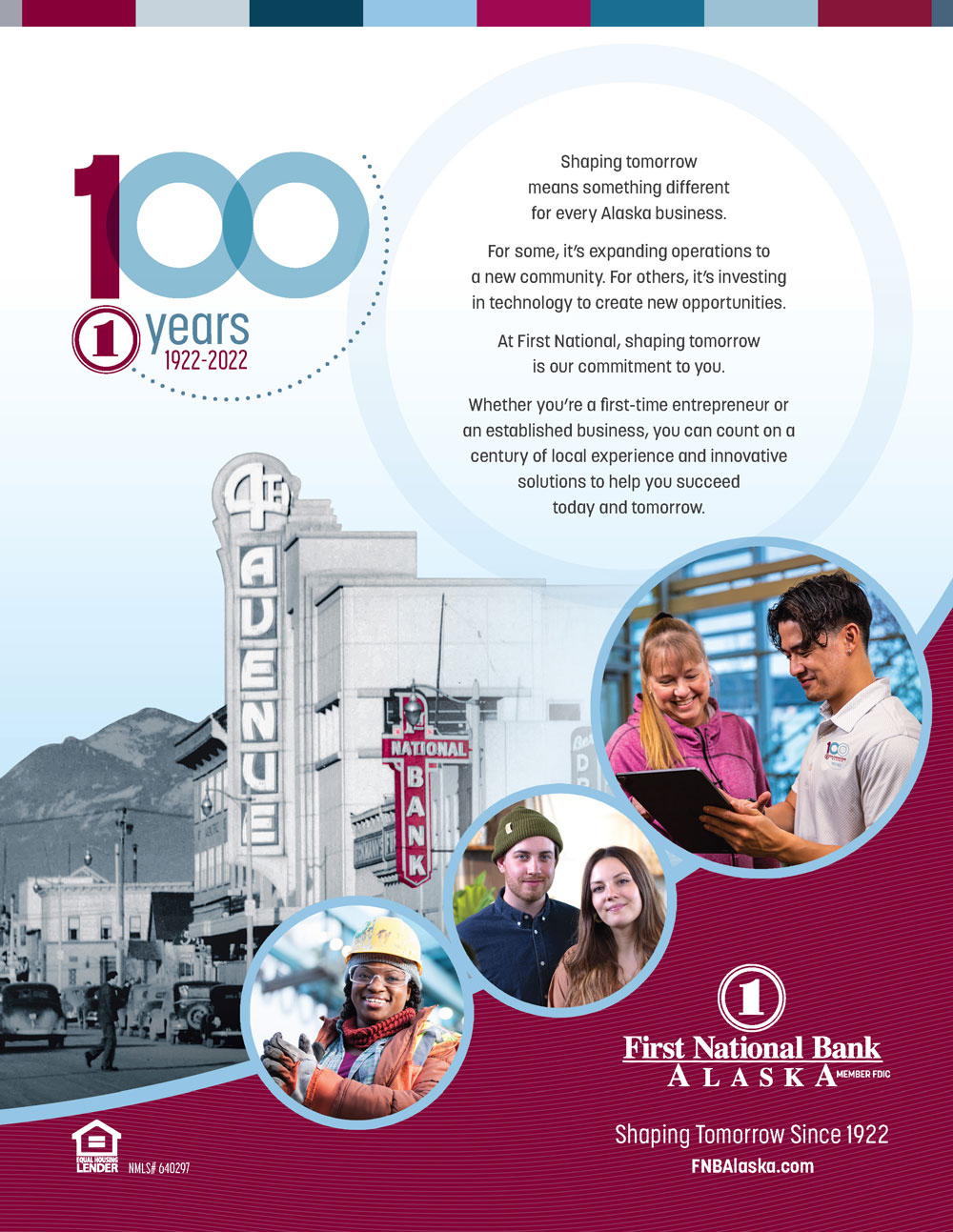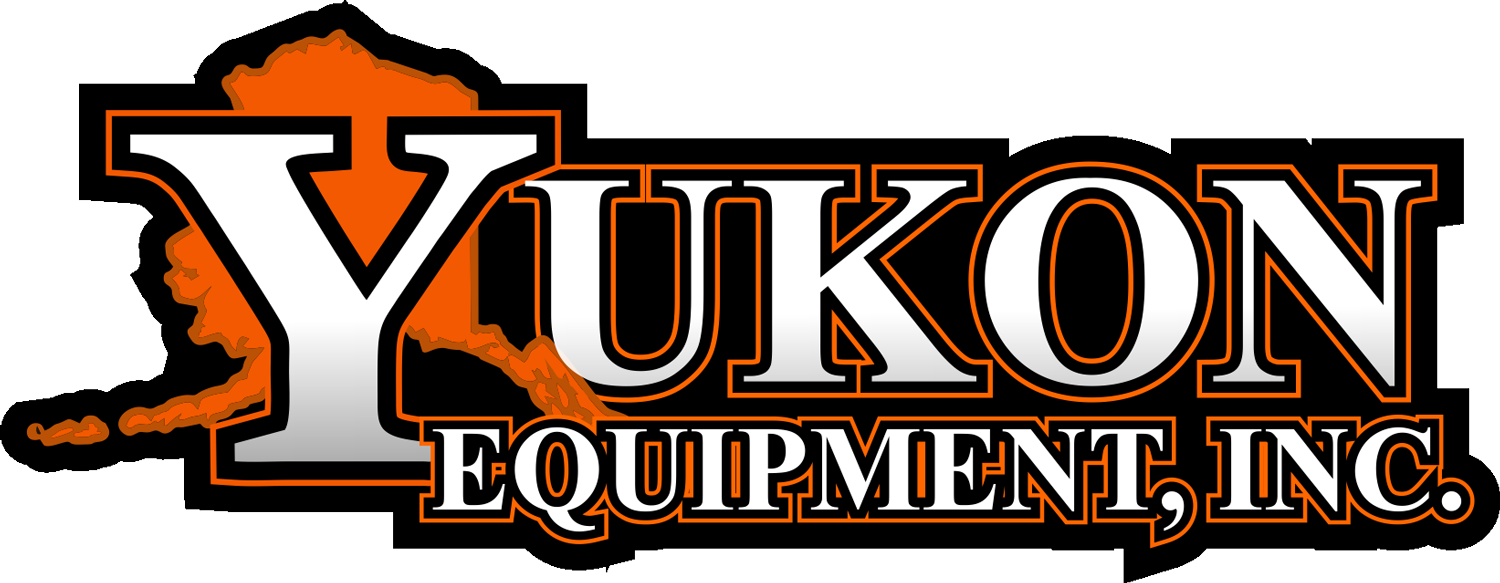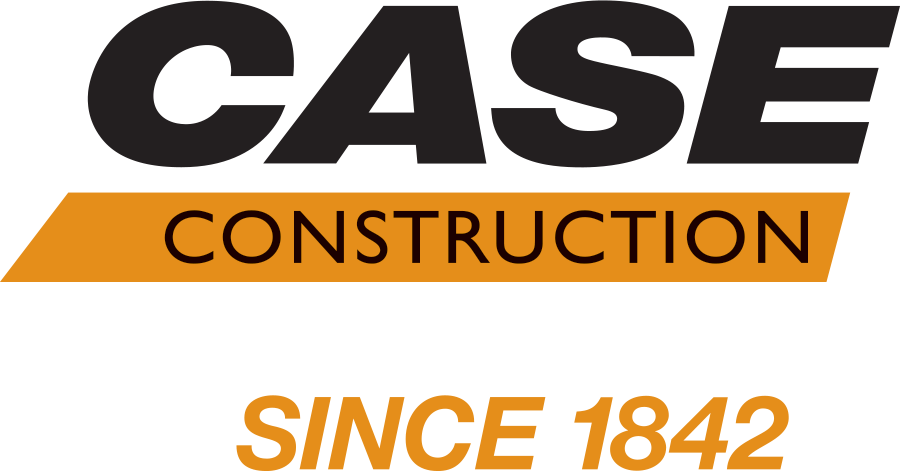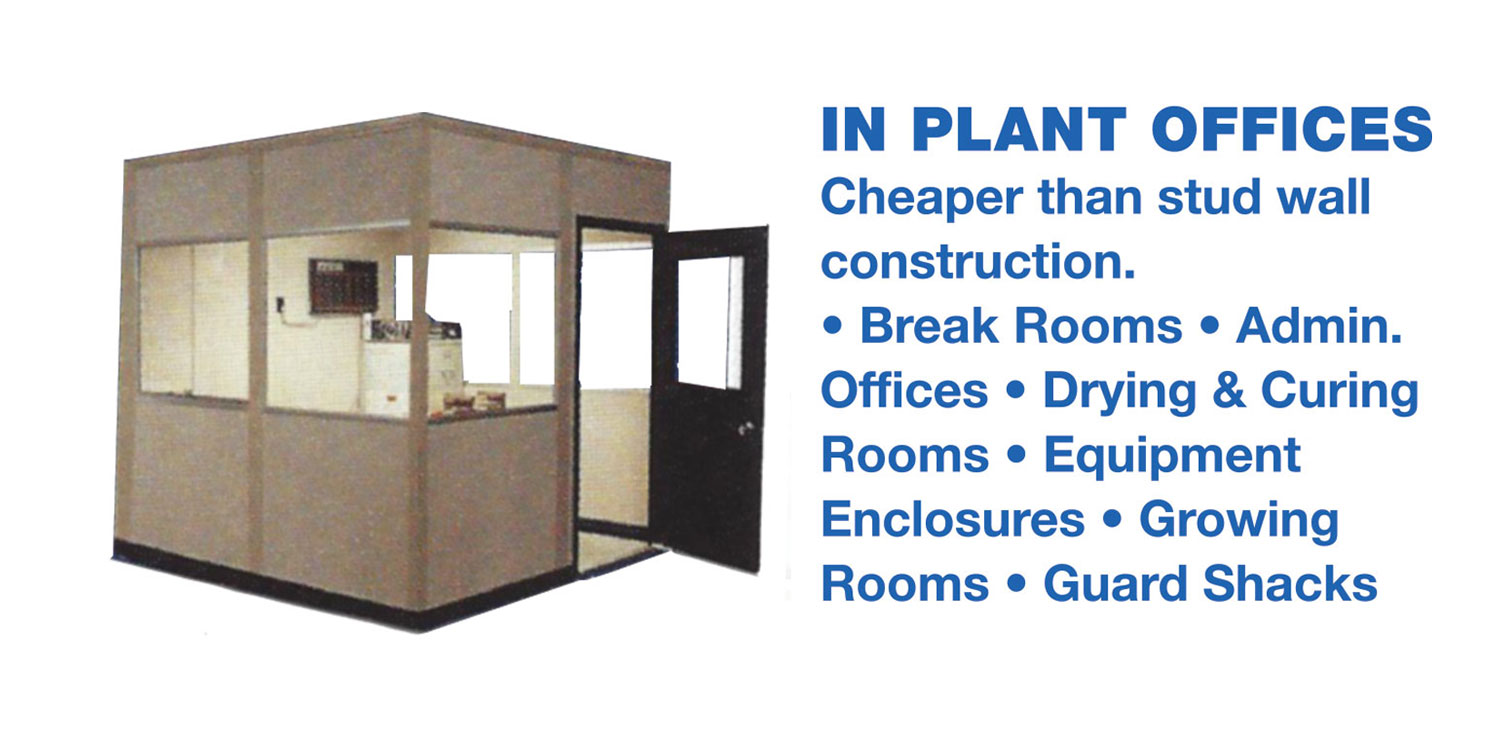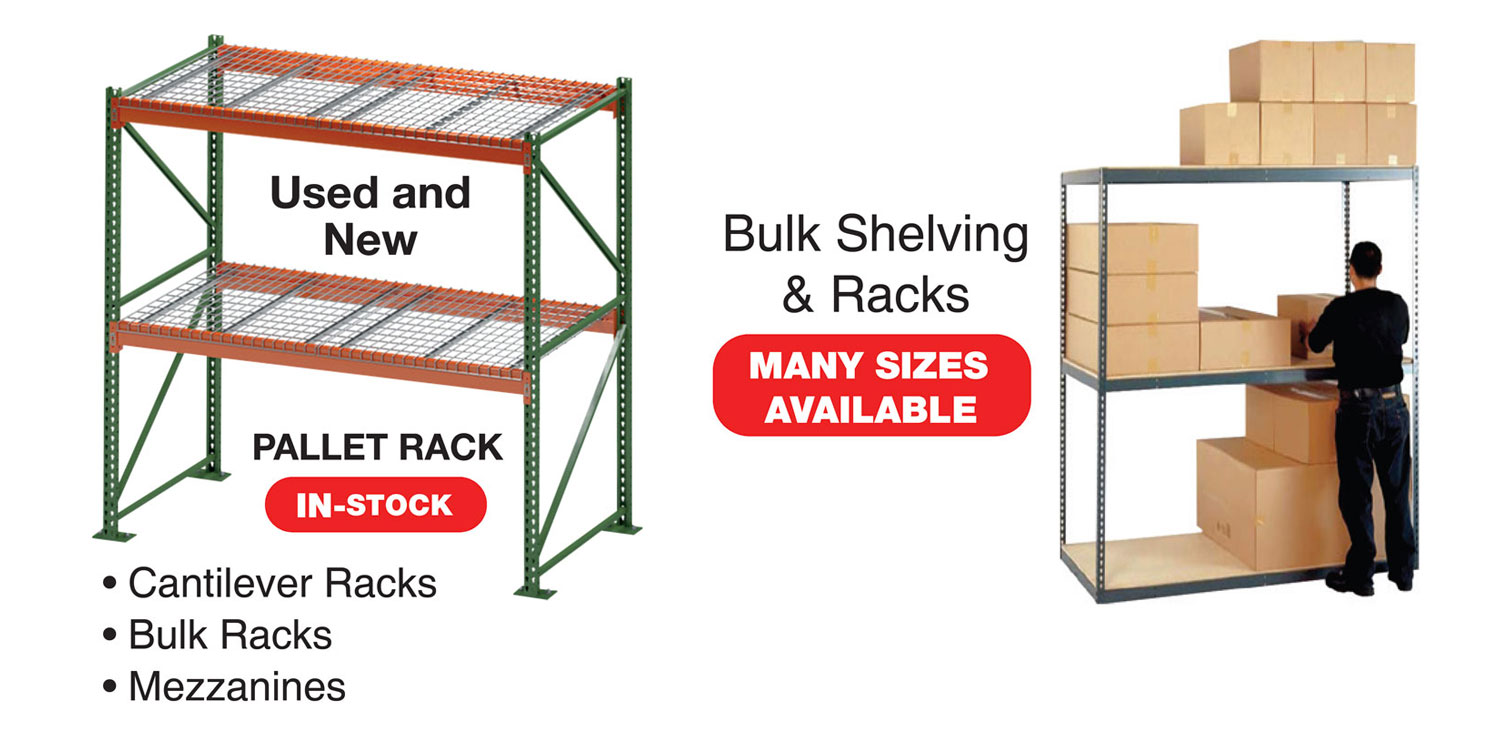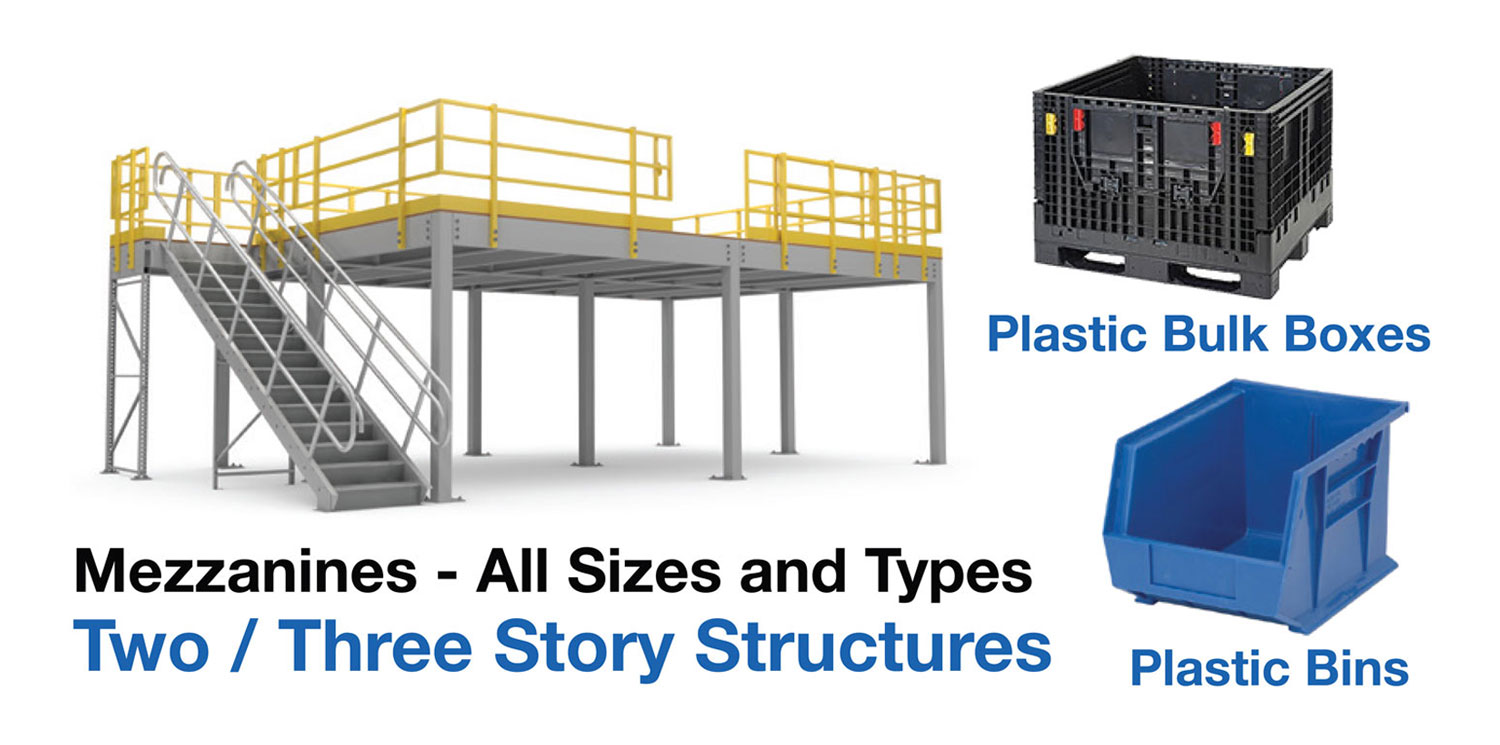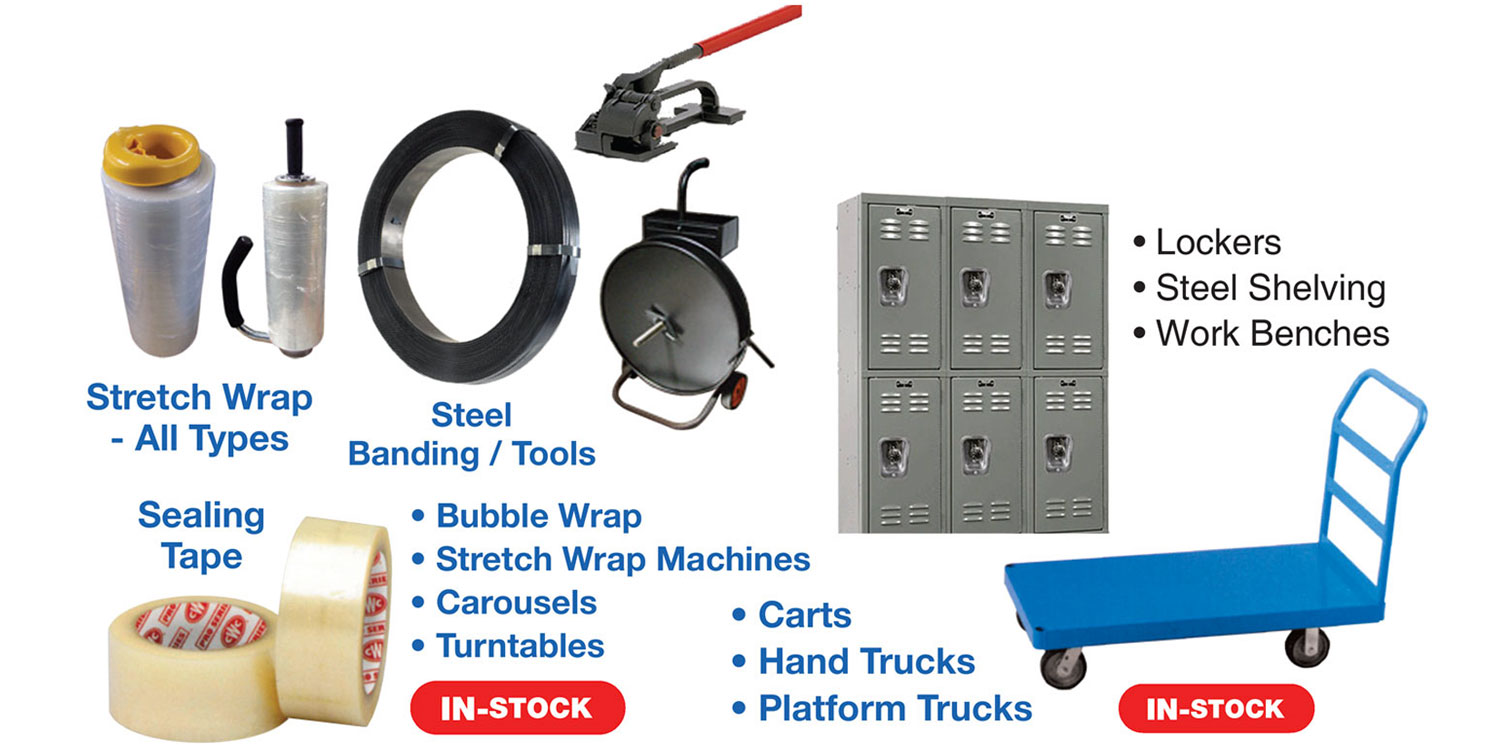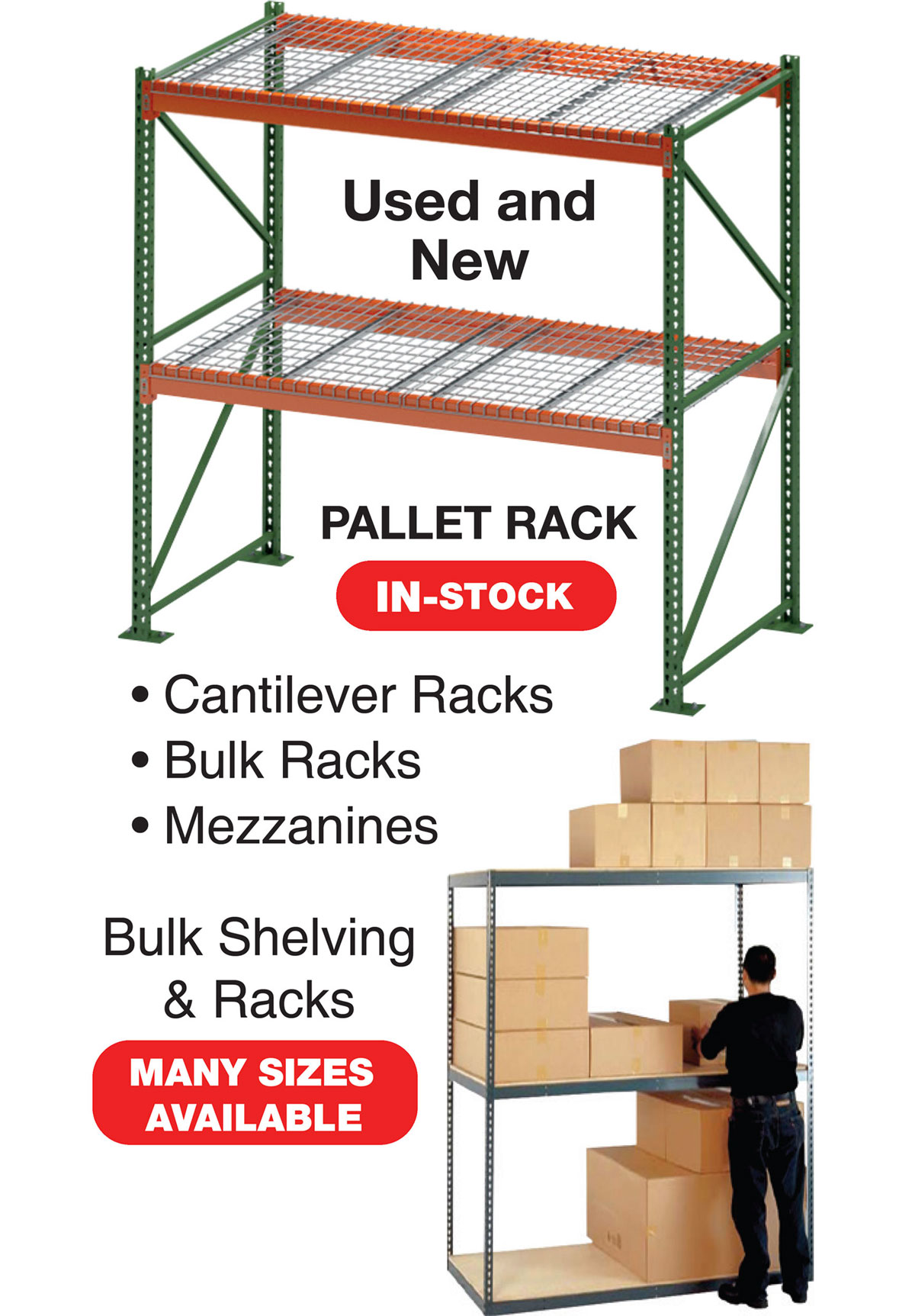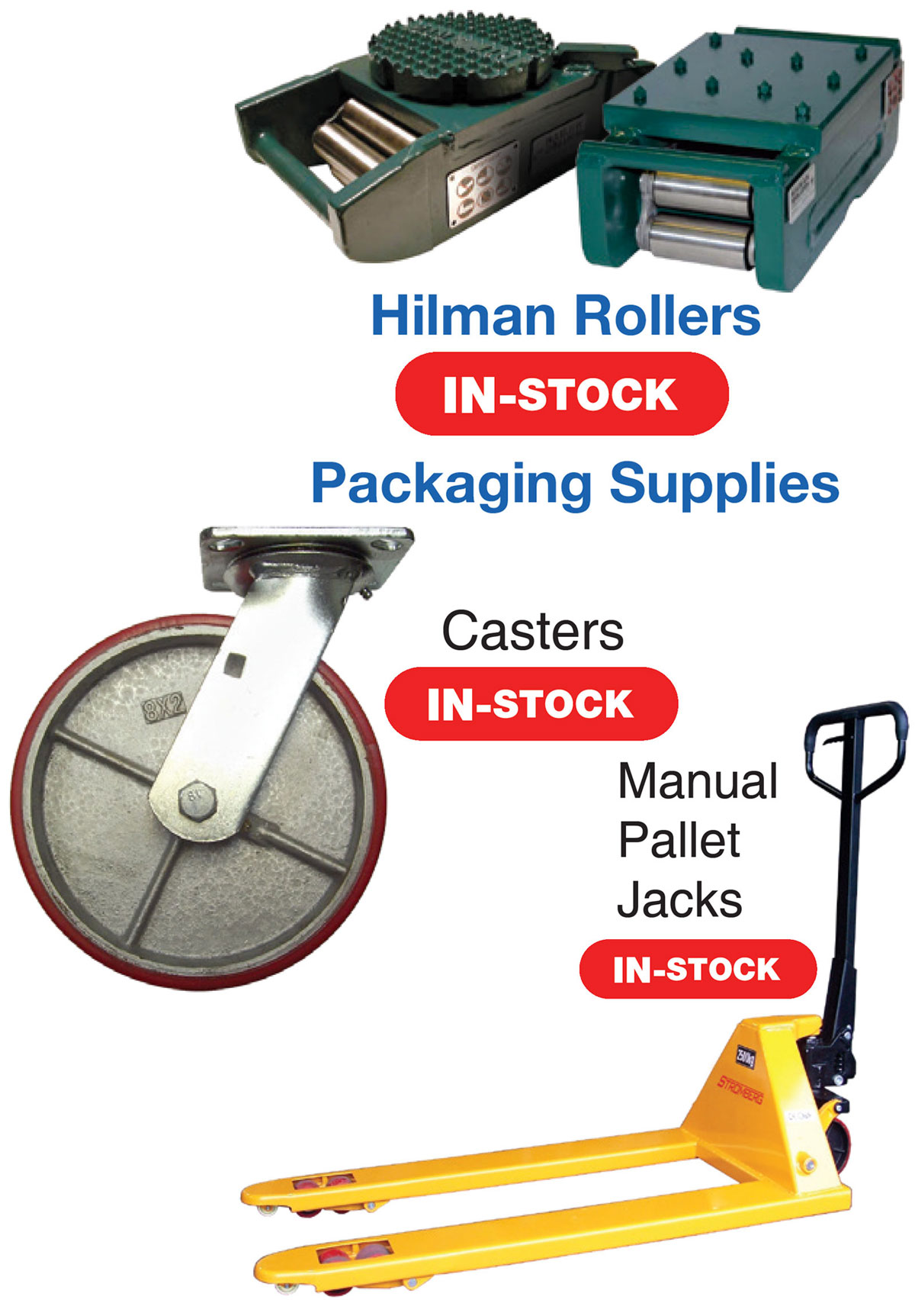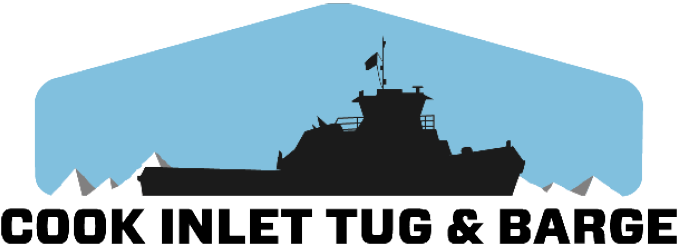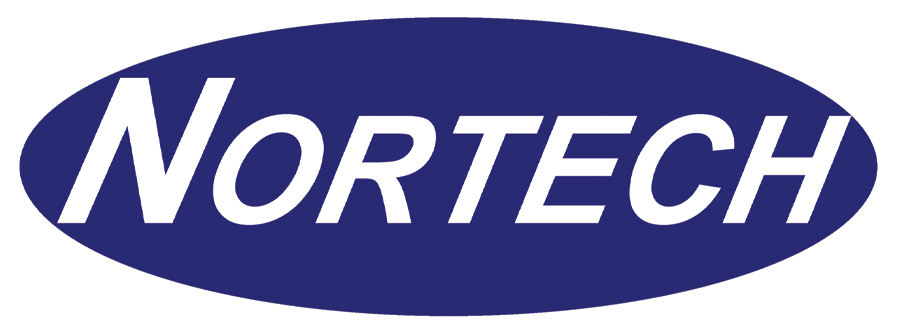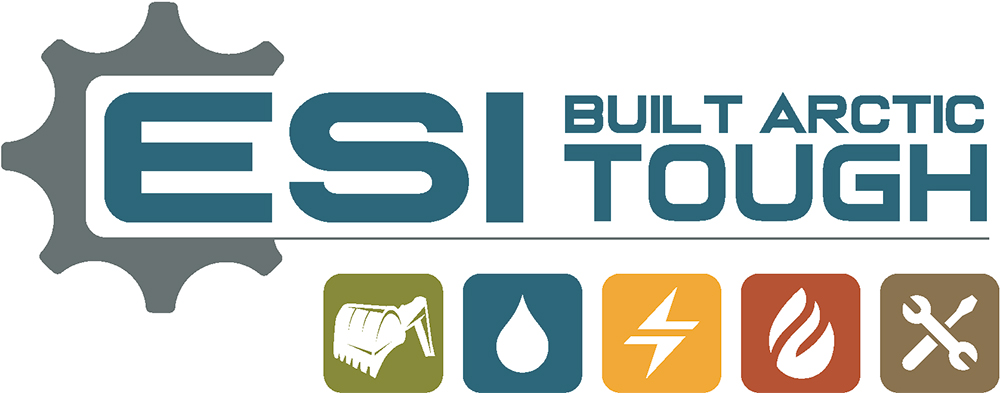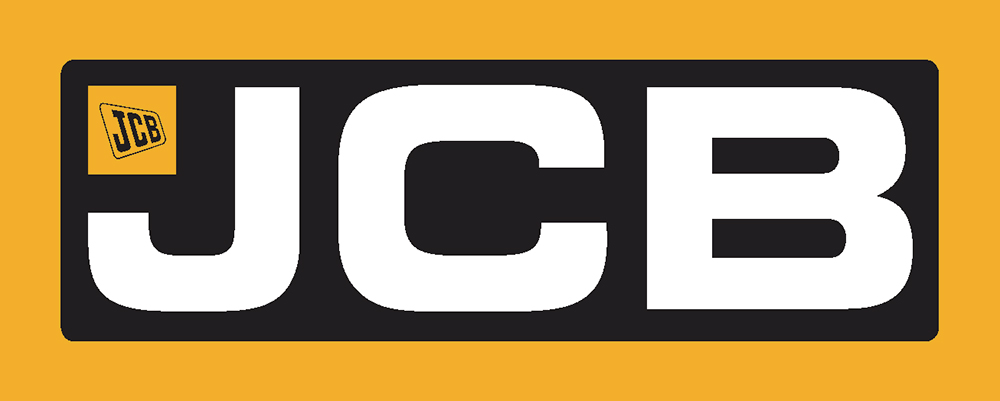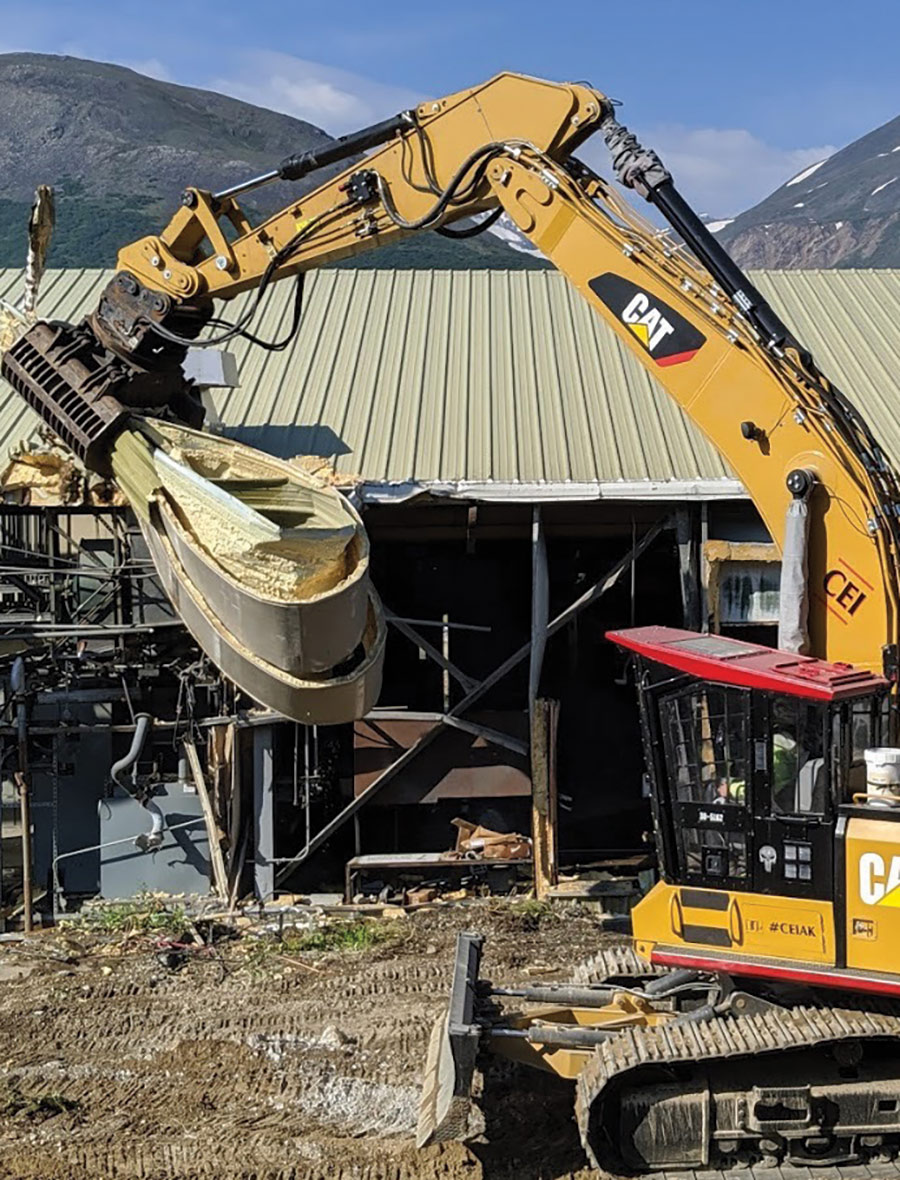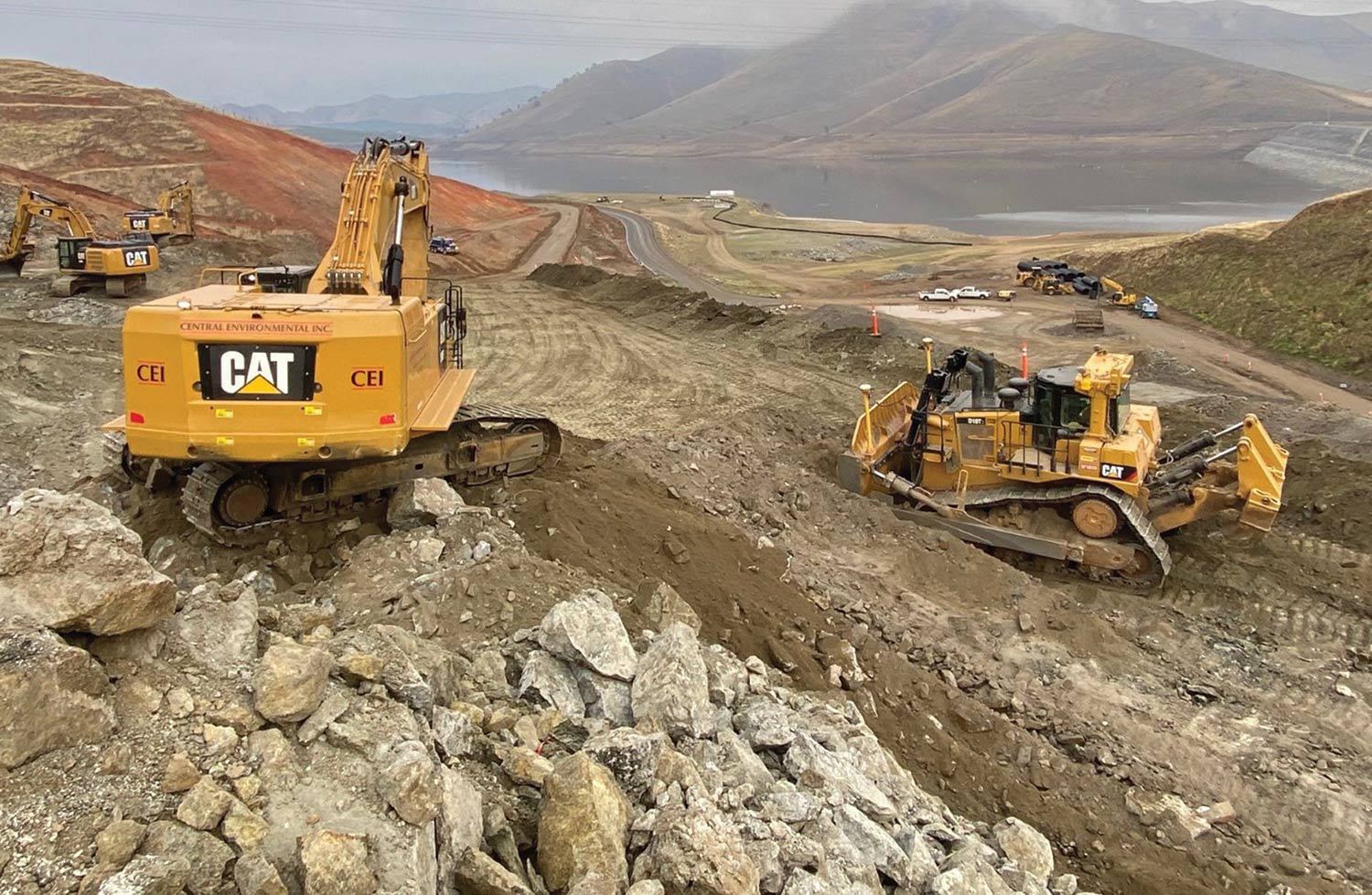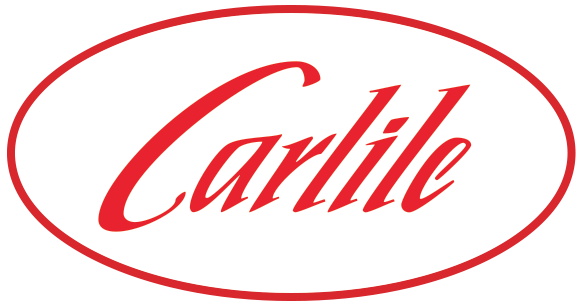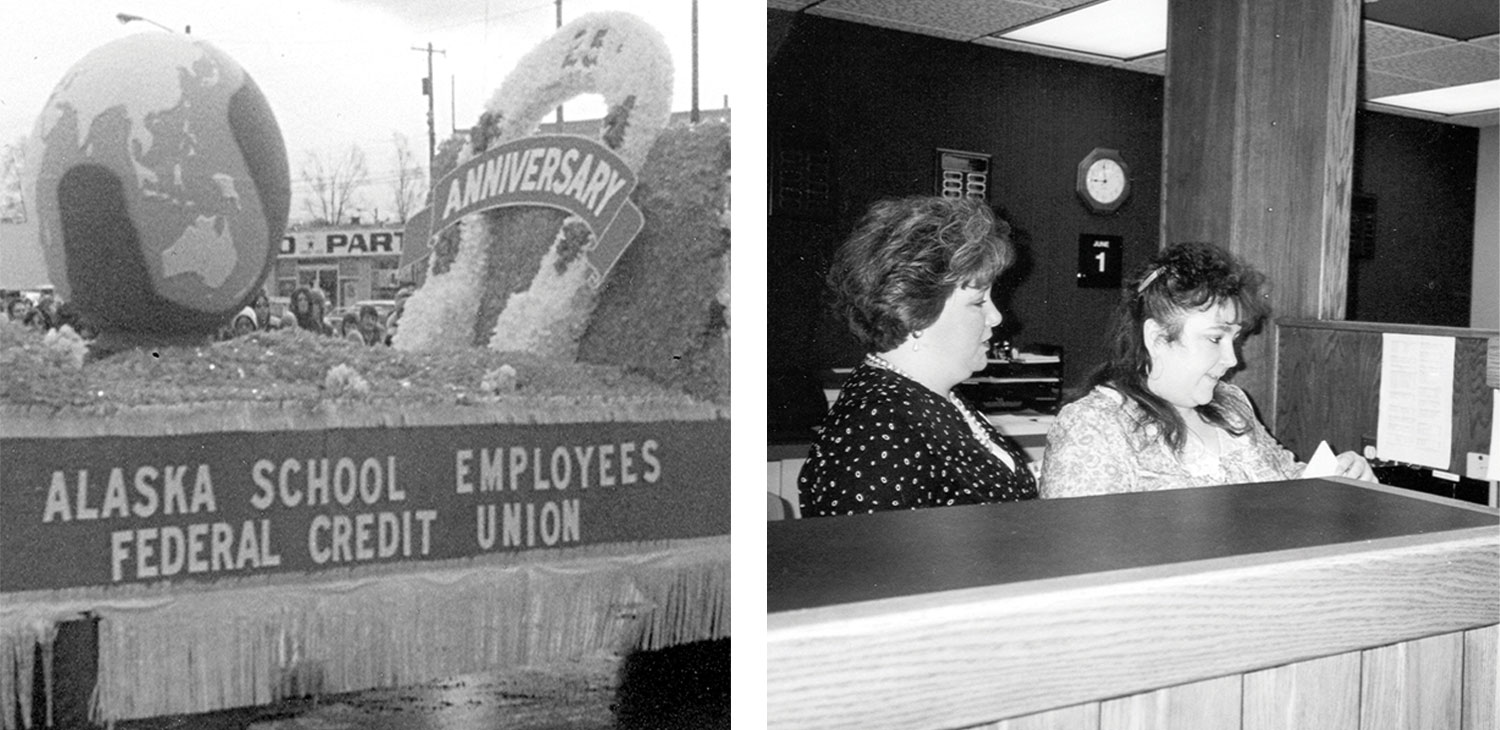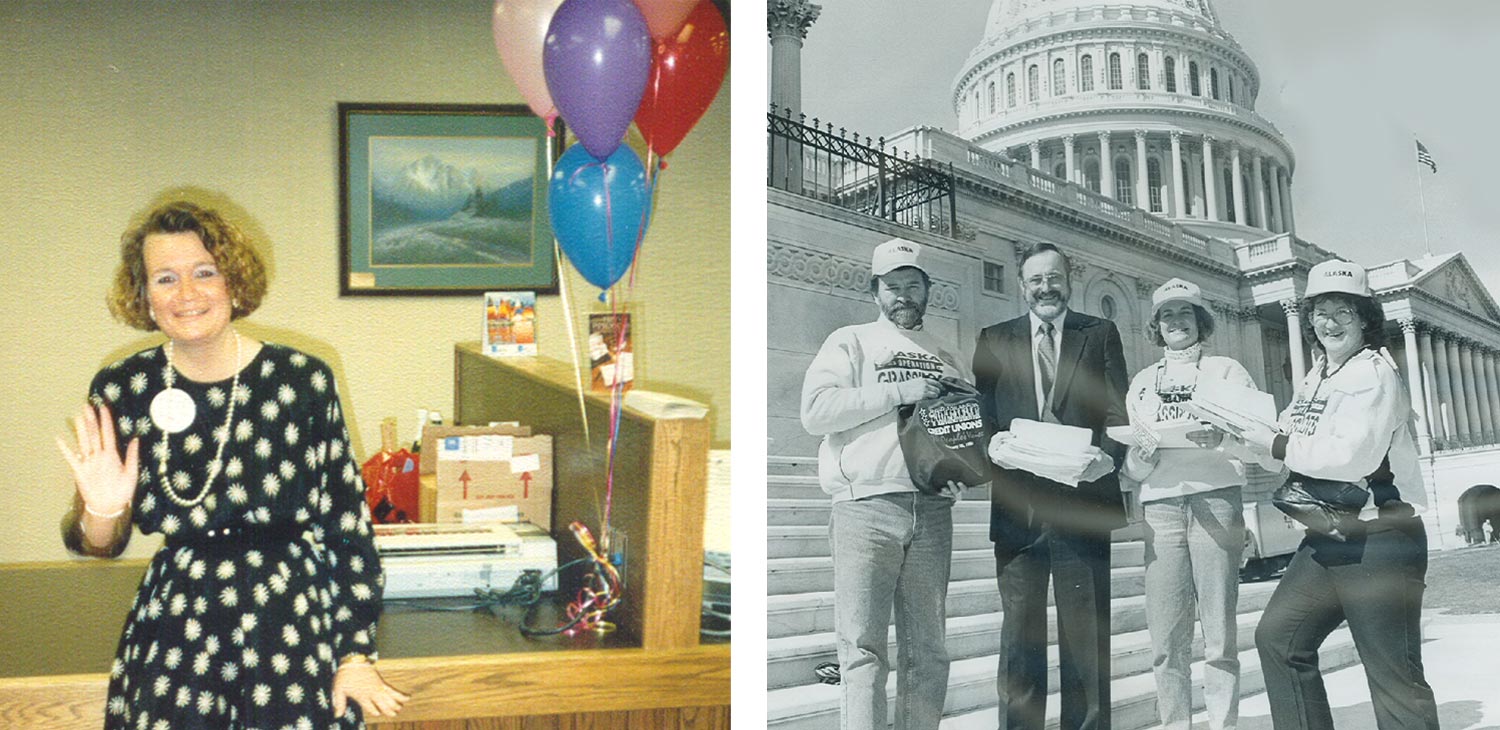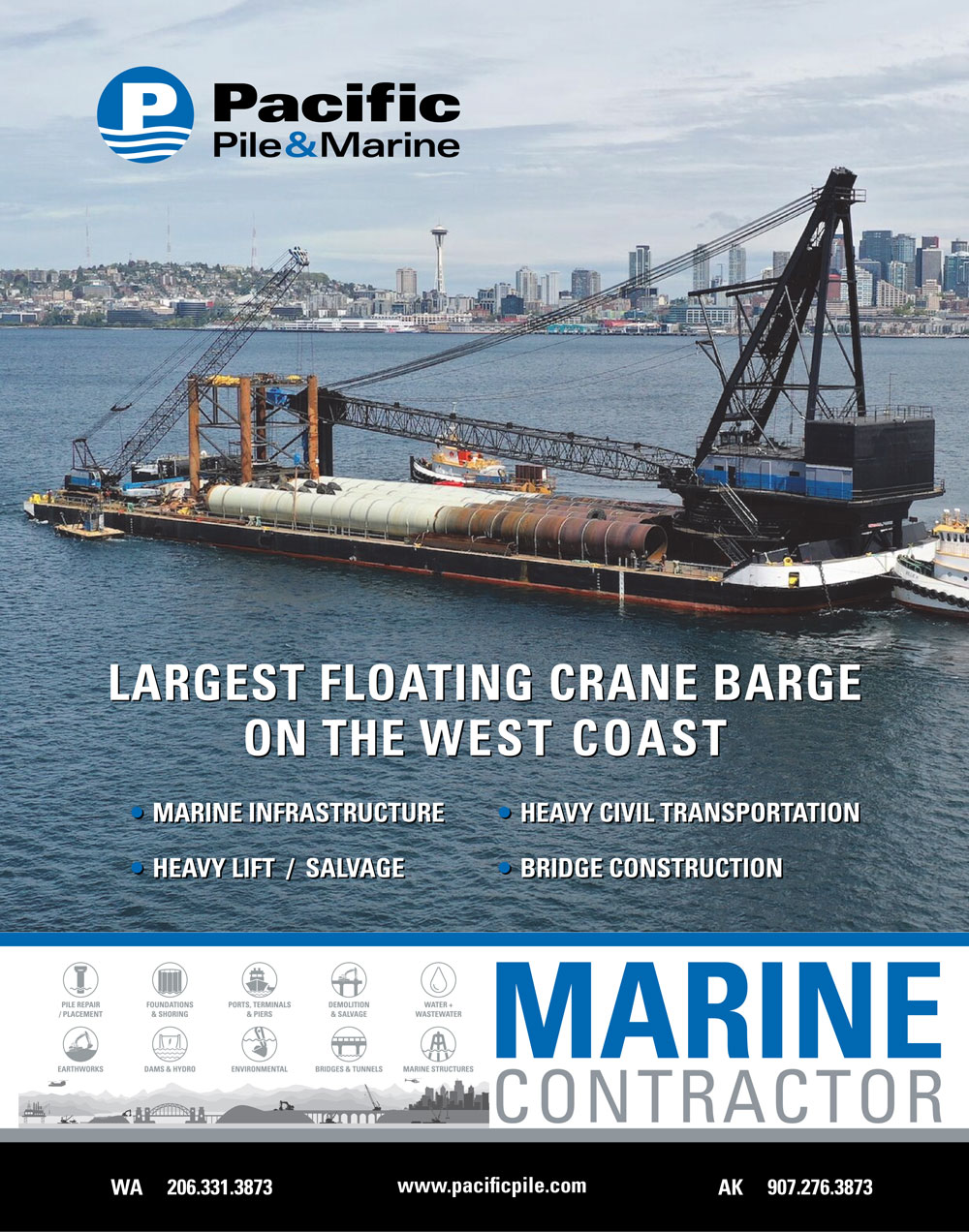Contents
Features
By Rachael Kvapil
Outside Counsel Investigations
By Bryan Schroder

By Nancy Erickson
Reinventing the Last Great Race
By Brad Joyal
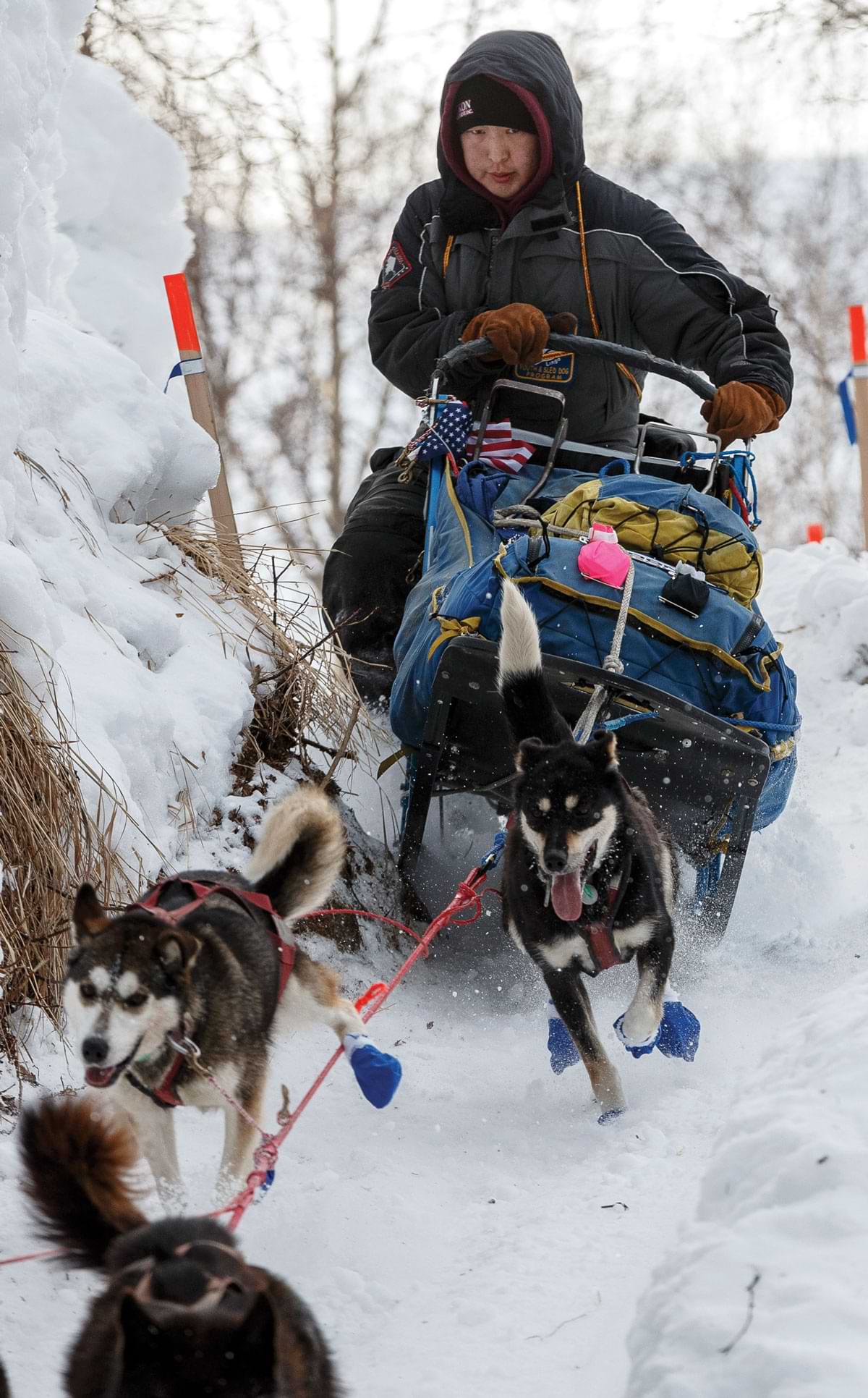
Reinventing the Last Great Race
By Brad Joyal
By Rachael Kvapil
Outside Counsel Investigations
By Bryan Schroder

By Nancy Erickson
Quick Reads
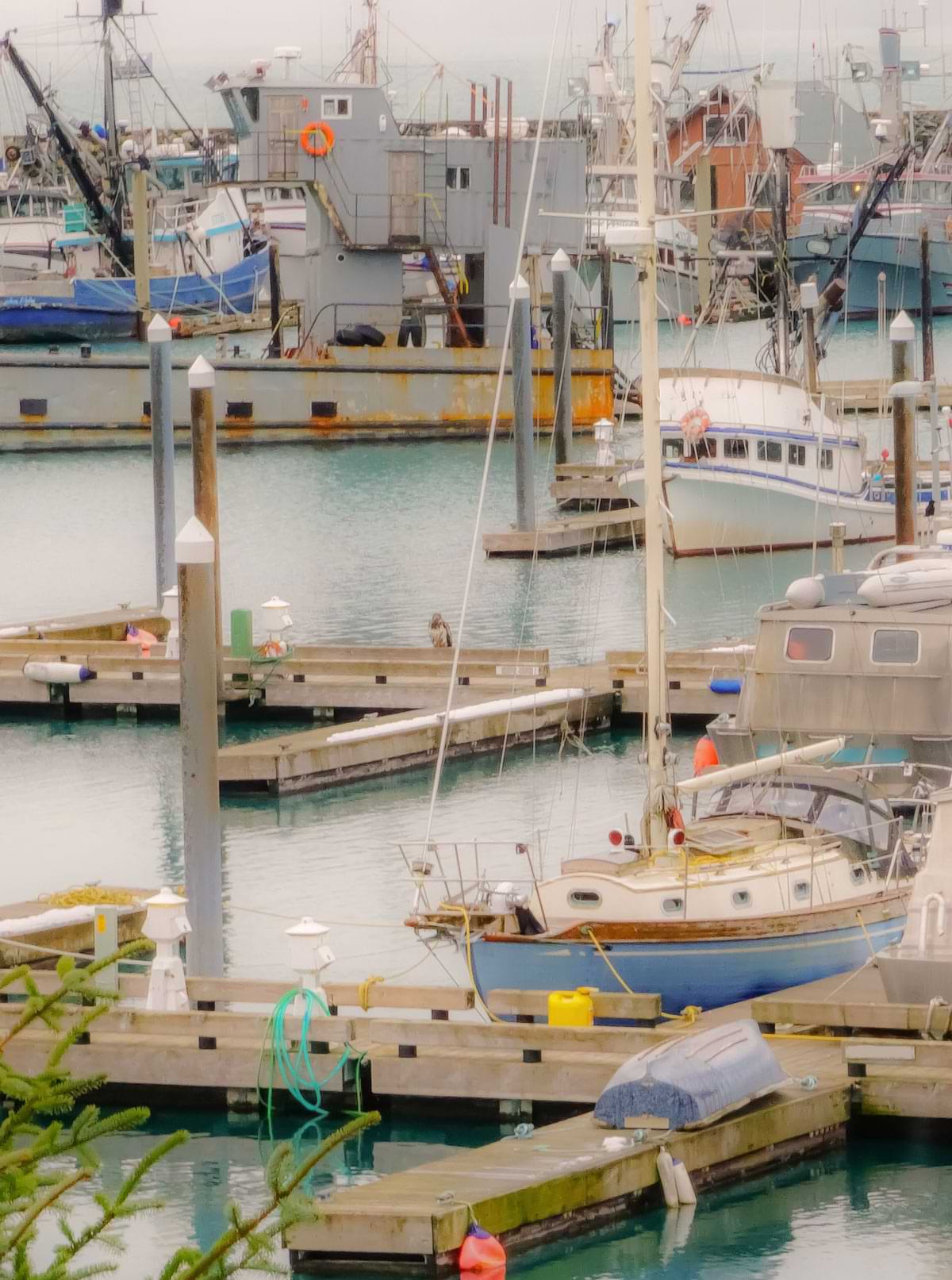
About The Cover
To order back issues ($9.99 each including postage) visit simplecirc.com/back_issues/alaska-business.
From the Editor
Today the Alaska Railroad is a full-service passenger and freight railroad that services ports and communities from the Gulf of Alaska to Fairbanks, annually carrying hundreds of thousands of passengers and millions of tons of freight over 656 miles of track using 737 freight cars, 45 passenger cars, and 51 locomotives. It paid out $70.5 million in benefits and wages in 2020 and in 2022 has more than 700 employees.

Kerry Tasker
Billie Martin
press@akbizmag.com
Postmaster:
Send address changes to
Alaska Business
501 W. Northern Lights Blvd. #100
Anchorage, AK 99503

orkers’ compensation insurance is designed to provide wage replacement and medical benefits to employees who become injured or ill “arising out of and in the course of employment.” In exchange, employees relinquish their right to sue their employer for the act—whether intentional or accidental—that caused them harm. This trade-off, known as the compensation bargain, helps cover the employees’ medical expenses and lost wages while providing the employer legal protection against litigation for additional damages.
The workers’ comp system, which also includes disability payments to injured workers and death benefit payments to families, is seeing the initial impact of COVID-19 as the pandemic enters its third year. The lingering physical and mental effects have caused some employees to delay returning to work, modify their duties, or work remotely. Many employers are adjusting outside the workers’ comp system to accommodate employees’ health issues, which can include fatigue, pain, brain fog, anxiety, and depression. While the pandemic is starting to have a perceptible effect on the workers’ comp industry, its broad impact may not be evident for years to come.
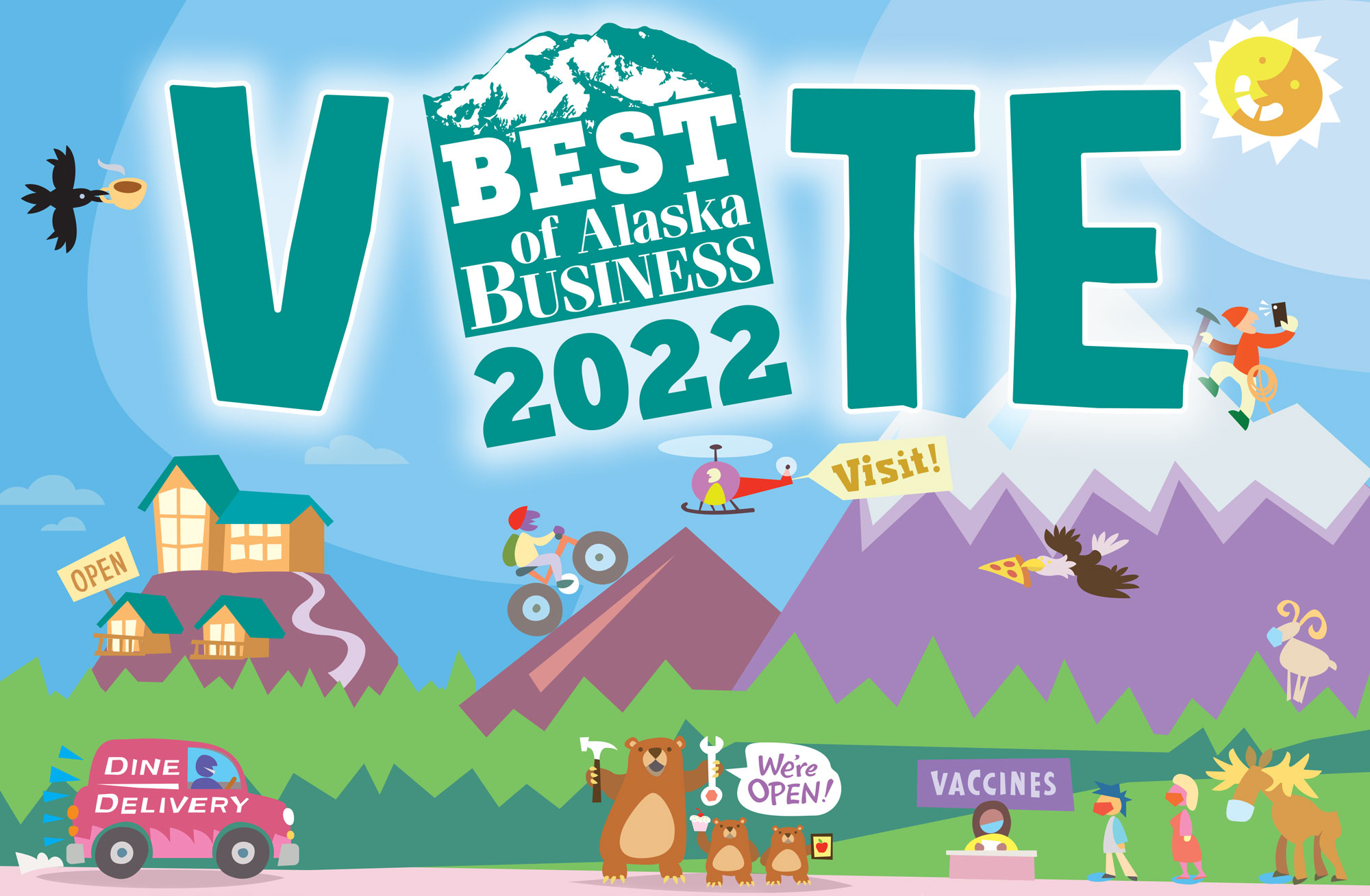

Staffing Agency | General Contractor | Cargo/Logistics Provider
Swag Supplier | Printing Services Provider | Bank/Credit Union
Trade Association | Telecommunications Provider | Florist
Local Broadcast Media | Art Gallery | Cannabis Retailer
Furniture Store | Auto Dealership | Outdoor Gear Retailer | Hotel
Travel/Tour Company | Hospital | Brewery | Coffee Spot
International Cuisine | Fine Dining Restaurant | Burger Joint
Bakery/Dessert Spot | Catering Service | Jewelry Store
Corporate Citizen | Startup Business (New in 2021)
Place to Work 1-250 Employees | Place to Work 250+ Employees
Business Adaptation to COVID-19



Industry and
Economic
Development
in Alaska
business with us year after year.

ideo calling, telehealth, telework, and distance learning used to be science fiction. The onset of the COVID-19 pandemic made those fantasies an everyday reality, where people live-stream everything from business meetings and conferences to medical appointments, classroom sessions, and family gatherings. People were also uploading files they would typically present in-person to colleagues, teachers, or doctors. High-speed internet eased the disruption of the pandemic by keeping some sense of continuity, yet people without fast, reliable connectivity quickly found themselves at a disadvantage. Though many have returned to physical offices and classrooms, telecommunication companies in Alaska continue to see a growing demand for improved services.

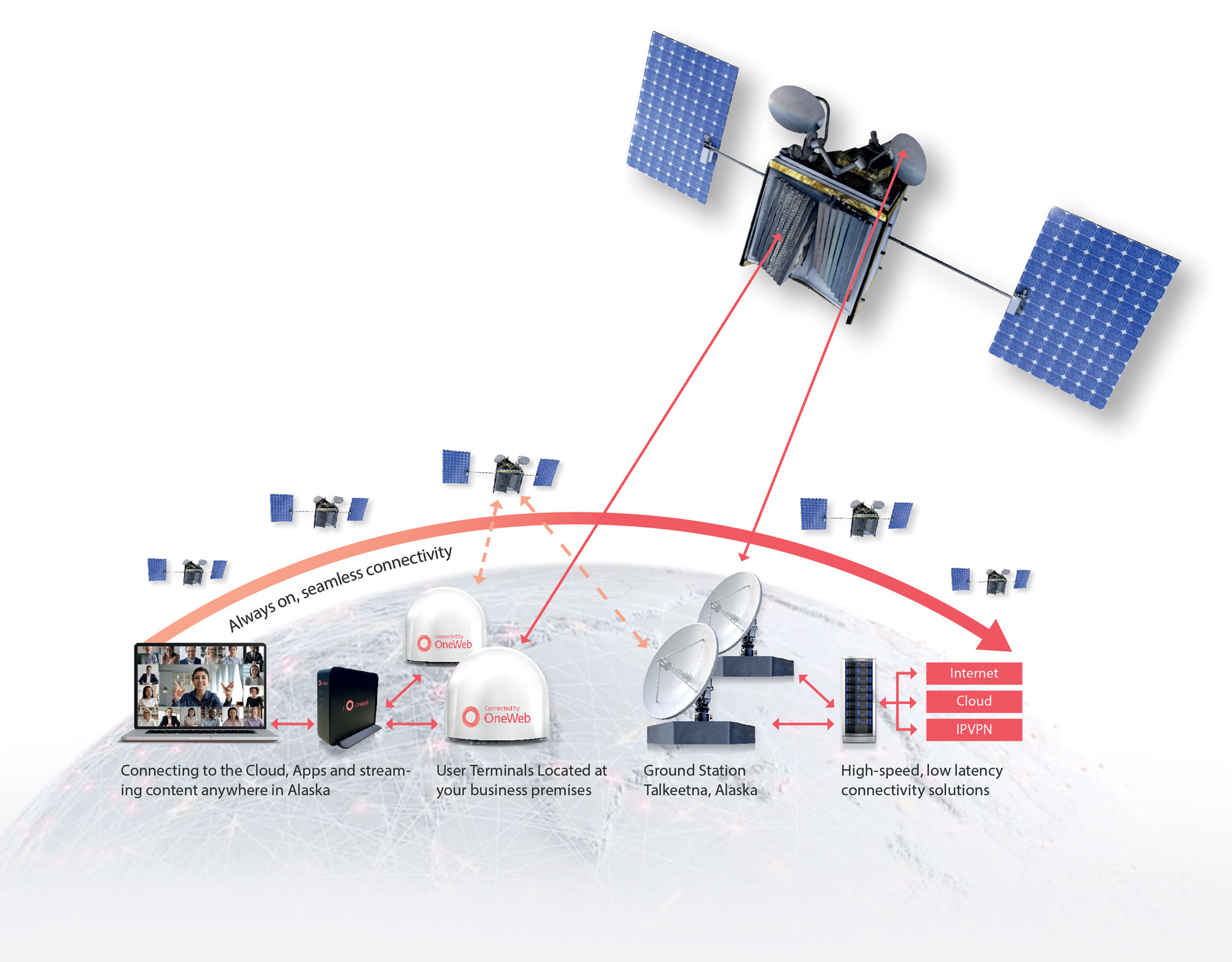

communications on Earth.

we’ll help protect it.

With Arctic IT as your managed cloud services and security partner, you will enjoy measurable advantages such as
- Stronger security
- Predictable IT costs
- Faster support
- And time to focus on business objectives

laska Native Corporations (ANCs) were able to distribute more than $500 million in federal emergency funds, but they had to fight for it.
The Coronavirus Aid, Relief, and Economic Security (CARES) Act earmarked $8 billion in relief funds for tribal organizations nationwide. A lawsuit filed by the Confederated Tribes of the Chehalis Reservation of Washington, the Tulalip Tribes of Washington, and the Houlton Band of Maliseet Indians of Maine claimed that ANCs, as for-profit entities, were not entitled to a share. Three Alaska tribes later joined the lawsuit: the Akiak Native Community, Asa’carsamiut Tribe of Mountain Village, and the Aleut Community of St. Paul Island.

Vice President of Sales
We are proud of our collaboration with AGC of Alaska and are blessed to work with its incredibly talented and dedicated team led by Executive Director Alicia Amberg. As advocates for the construction industry, their mission is perfectly aligned with ours: promoting economic growth in Alaska. Alaska Business Publishing Co. is currently working on the Summer 2022 edition of The Alaska Contractor, which will close for ad space on May 20. We are taking space reservations through 2023. The Alaska Contractor features project updates, member profiles, and regular features on topics relevant to the construction industry.
We are a wholesale broadband service provider that provides middle-mile backhaul services for last-mile service providers, bringing high-speed broadband to the most strategic place on Earth.
Our fiber network is designed to withstand the world’s harshest conditions and are among the most secure form of data connectivity.
laska fisheries run on data—data and the hard work of those in the Last Frontier’s seafood industry. Data inform every aspect of the management of the state’s fisheries, from policy decisions and regulations to how much fish can be caught in a season. Data also play a vital role in understanding the markets for Alaska’s various seafood products, as well as the economic impact of the sector.
The Alaska Constitution entrusts the Department of Fish and Game (ADF&G) to “manage, protect, maintain, improve, and extend the fish, game, and aquatic plant resources of the state in the interest of the economy and general well-being of the state.” Given the weight of the responsibility, the department has developed a robust, data-driven method for managing the state’s fisheries, from sea cucumbers to salmon and everything in between.
o event shines a spotlight on Alaska in front of a global audience quite like the Iditarod Trail Sled Dog Race. On March 5, the Iditarod begins its 50th running with a ceremonial start in downtown Anchorage. This year’s conclusion of the first fifty races is a milestone being celebrated with multiple layers of significance for race officials and organizers, as well as sponsors, mushers, and the canine athletes that run across some of the most hellish terrain the Last Frontier has to offer.
The 50th running is a more traditional setup compared to the 49th last year, when the COVID-19 pandemic forced the race to introduce the “Iditarod Golden Trail Loop” route, which saw mushers and their teams travel to the ghost town of Flat before retracing their steps and finishing in Willow. This year’s edition of the race will travel the Northern route all the way to the “burled arch” that marks the finish line in Nome.
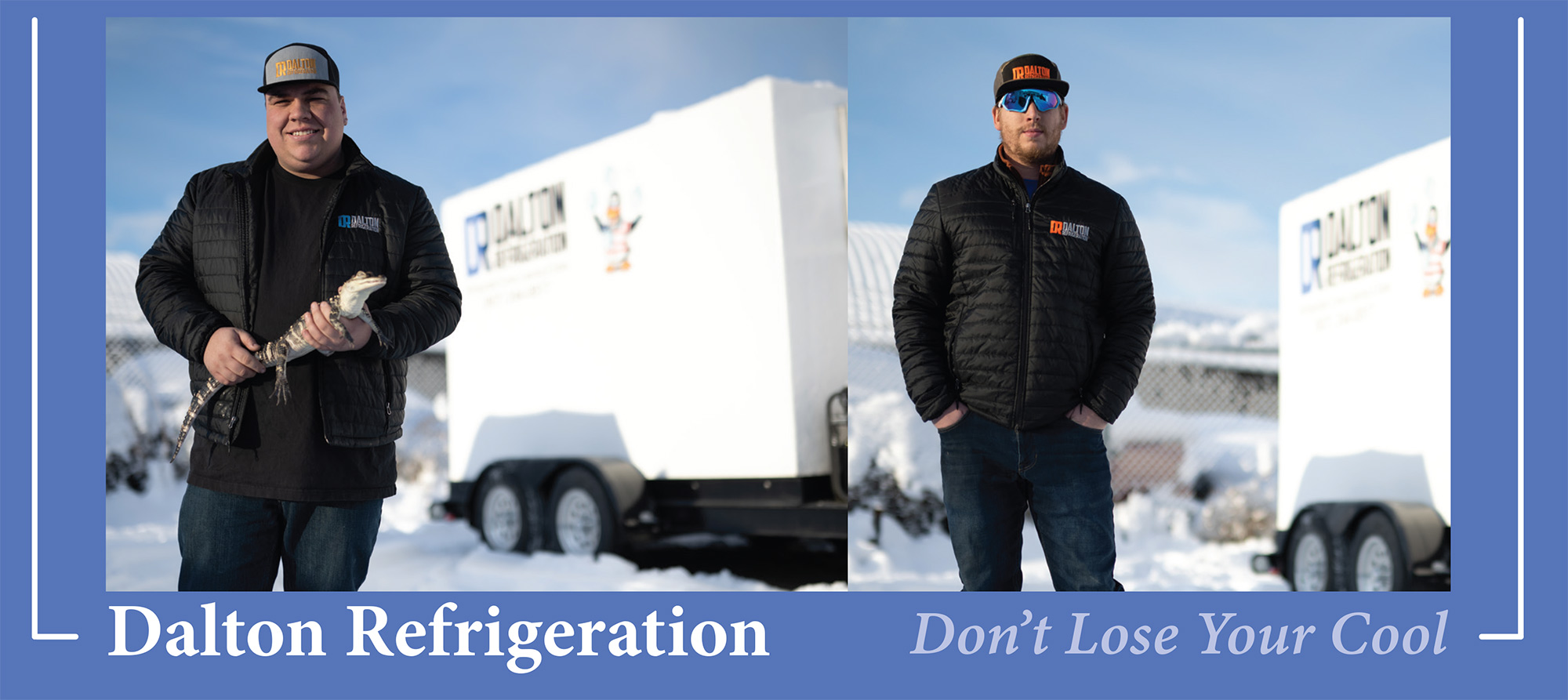
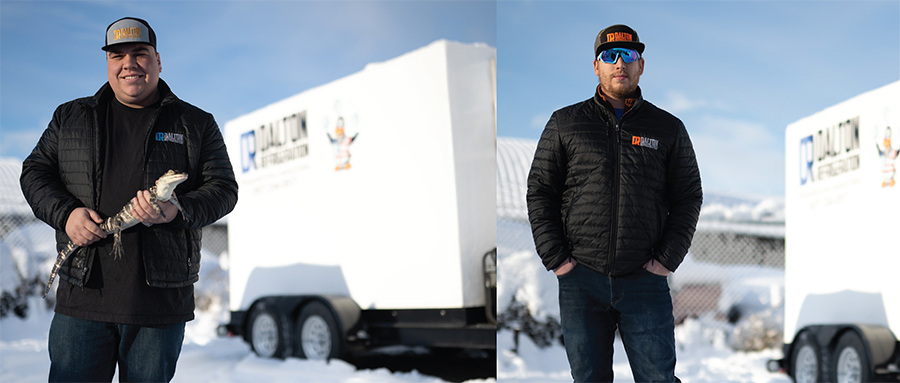
n Alaska’s transport refrigeration equipment market, Dalton Refrigeration offers a distinctive and all-inclusive solution. The Anchorage company sells, rents, services, and repairs various transport refrigeration systems for over-the-road refrigerated trailers and box trucks. Dalton Refrigeration has 10- to 53-foot refrigerated containers that customers can utilize at its facility or have delivered to their own location statewide. These special containers can keep contents -20˚F to 80˚F, depending on whether customers require a chilled or heated environment.
Dalton Refrigeration is proud to be the Alaska authorized distributor for Thermo King, the global leader in temperature control systems for transport vehicles. Besides selling their high-quality equipment, the company has temperature-controlled trailers and containers with electric standby available for daily, weekly, and monthly rentals.

Partners to the Alaska Native Community
DWT has been part of the Alaska community for more than forty years. Our lawyers use their depth and breadth of experience to serve and partner with our clients, including many Alaska Native entities, as they develop, grow, and strengthen their non-profit and for-profit enterprises.
Business & Corporate
Energy
environmental
Government Contracts
Healthcare & Tribal Health Organizations
Labor & Employment
Litigation
Non-Profits & Foundations
Privacy & Security
Real Property
Telecommunications
laska has two seasons, the saying goes: winter and construction. This issue of Alaska Business comes out when winter has not yet relaxed its dismal grip, but we’re already thinking about construction. Following February’s special section about architecture and engineering, the topic is a natural fit.
Construction trades span everything from kitchen remodelers and roofers to the hive-mind of crews in the industry’s two major tribes, vertical and horizontal construction. Carpenters and ironworkers build on top of the landscape, while graders and pavers mold the landscape itself. And let’s not forget the project managers who must choreograph the dance of materials, equipment, and labor on a wobbly stage of weather, money, and politics.

Call 907-277-1541 for more information.

ince the Infrastructure Investment and Jobs Act (IIJA) was enacted in 2021, State of Alaska officials have been trying to understand how best to harness the windfall of federal resources. In January, department heads were completing written analyses of potential projects that could benefit from IIJA funds. So far, there are a lot of unknowns at the state level and for entities the bill affects, such as the Denali Commission and tribal governments. The IIJA mainly directs money to the state through existing channels, and it also sets up new and competitive funding sources and streamlines permitting for certain types of projects.
“The majority of these funds will come through existing federal programs, but the legislation did establish a number of new discretionary grant programs for which Alaska should be competitive,” says Governor Mike Dunleavy’s Deputy Communications Director Jeff Turner. “It’s important to remember that only a portion of the money Alaska is expected to receive will come directly to the State, as many discretionary grant programs are open to tribes, local governments, and other entities.”
onstruction projects for buildings and structures are increasingly moving away from traditional procurement towards alternate delivery channels. Major buyers of construction services—such as the United States Army Corps of Engineers Alaska District, the Anchorage School District, Southcentral Foundation, Cook Inlet Housing Authority, and several private owners—are all utilizing alternate delivery to varying degrees. When executed correctly, alternative delivery contracts have the potential to produce high quality facilities while reducing project risk and maximizing project benefits.
ost everywhere Alaskans live, at least one farm is nearby. No, not the approximately 762 farms that raise crops and livestock for sale (the smallest number in any state). Tank farms, or above-ground storage facilities, are essential infrastructure wherever fuel or other liquids must be stockpiled. The Alaska Department of Environmental Conservation regulates sixty-five tank farms with capacities greater than 5,000 barrels of crude oil or 10,000 of non-crude. Below that, the US Environmental Protection Agency regulates facilities with as little as 1,320 gallons, but an exact total on the number is not available. Anywhere two large cylinders stand near each other, that’s a tank farm.
Some of the state’s newest tank farm infrastructure expands capacity in two distinct ways. The projects serve radically different users in widely divergent locations, yet the builders had a similar mission when constructing them. Logistics firms Crowley and Colville both exercised caution and forethought to ensure these new additions to Alaska’s petroleum landscape are safe and will be around for a long time.
laska’s contractors, architects, and hardware suppliers are scrambling and adapting to keep projects moving forward as a choked supply chain forces them to do what they do best: make it work in the Last Frontier.
Alaska contractors are used to dealing with the delays that come with being at the end of a very long supply chain for construction materials.
laska’s contractors, architects, and hardware suppliers are scrambling and adapting to keep projects moving forward as a choked supply chain forces them to do what they do best: make it work in the Last Frontier.
Alaska contractors are used to dealing with the delays that come with being at the end of a very long supply chain for construction materials.
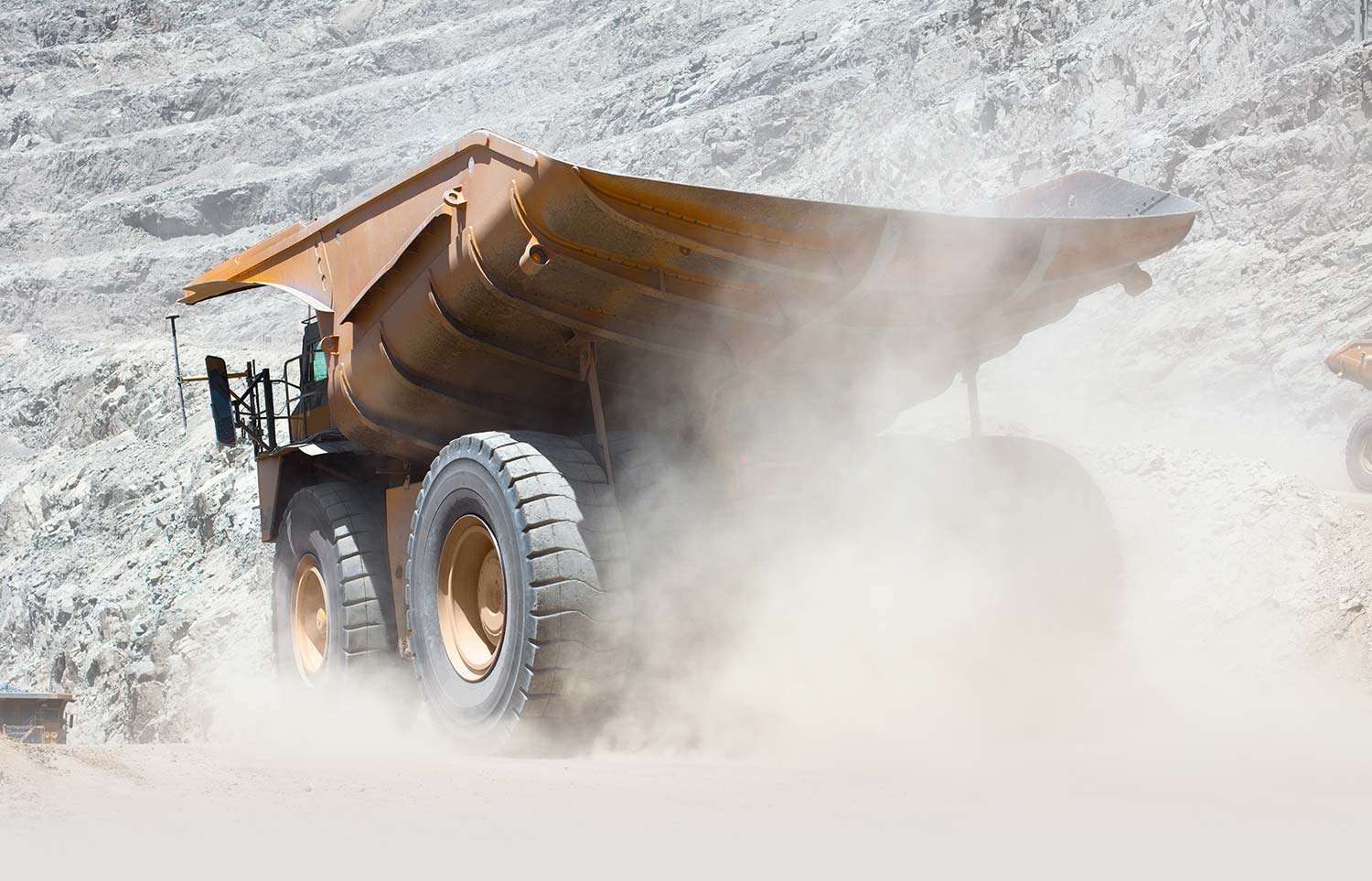
SWPPP & Erosion Control
Geomembrane Liner
Asphalt Maintenance
Geotextiles
Drilling Fluids
Industrial Grade Salt & Calcium Chloride

ast November, the US Department of Transportation (DOT) awarded $20 million to the City of Cordova for the ongoing rebuild of its South Harbor. And while the process to replace the aging harbor will be a long one, for the city and one of the state’s largest commercial fishing fleets, the project couldn’t get started soon enough.
“We’ve been needing it for a long time; the harbor that is being replaced was being built in 1981 when I first came here and was expected to have about a thirty-year lifespan,” says fisherman Jeff Bailey of the FV Odyssey and FV Miss Margeaux. “Now, it’s on year forty.”
Bailey adds, “Every year, more floats become waterlogged and roll over, and the cleats on the dock have broken loose with a number of larger vessels… It’s not uncommon for floats to break loose with boats attached, and we have to go corral them.”
Congress dedicated nearly $10.1 billion for thirteen rounds of national infrastructure investments to fund projects that have significant local or regional impact. The Infrastructure Investment and Jobs Act adds $1.5 billion per year to this program.

Engineering Design
Phase I & II ESA
Industrial Hygiene / CIH
Environmental Remediation
Hazardous Materials Management
Certified Inspection Services
HSE Program Development
Contingency Planning
Energy Efficiency
Sanitary Surveys
Engineering Design
Phase I & II ESA
Industrial Hygiene / CIH
Environmental Remediation
Hazardous Materials Management
Regulatory Compliance Support
Certified Inspection Services
HSE Program Development
Contingency Planning
Energy Efficiency
Sanitary Surveys
907-452-5688
ANCHORAGE
907-222-2445
JUNEAU
907-586-6813
PIPEFITTERS, AND WELDERS
of the UNITED ASSOCIATION
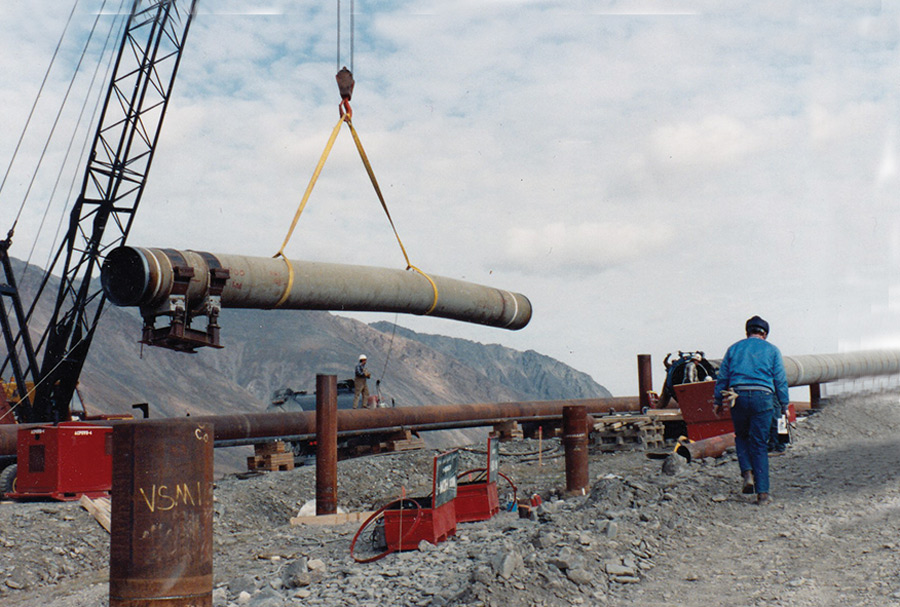
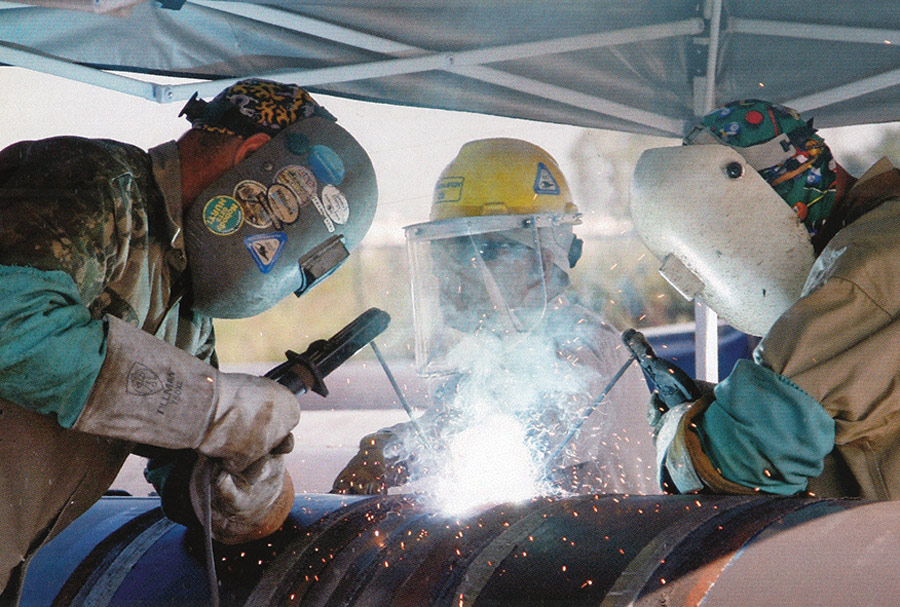
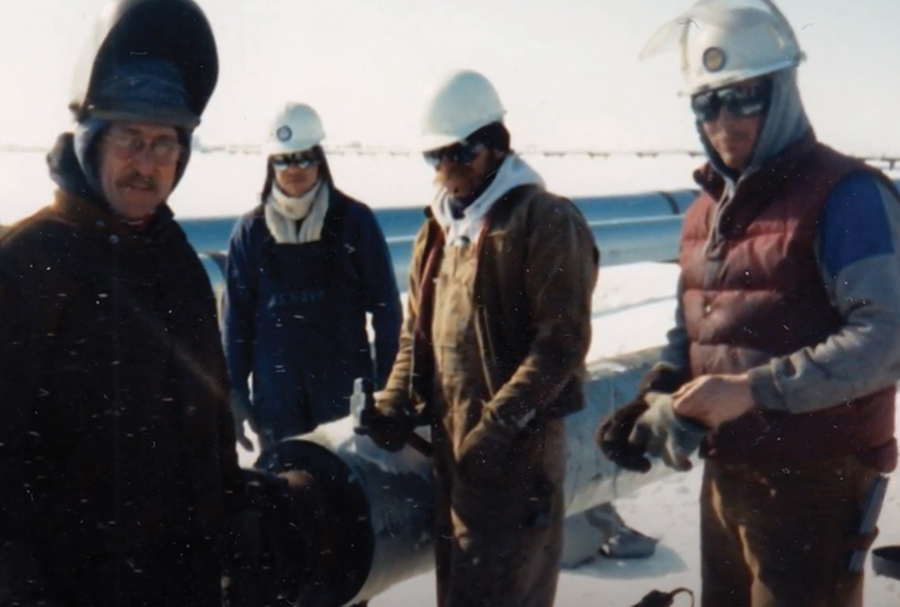
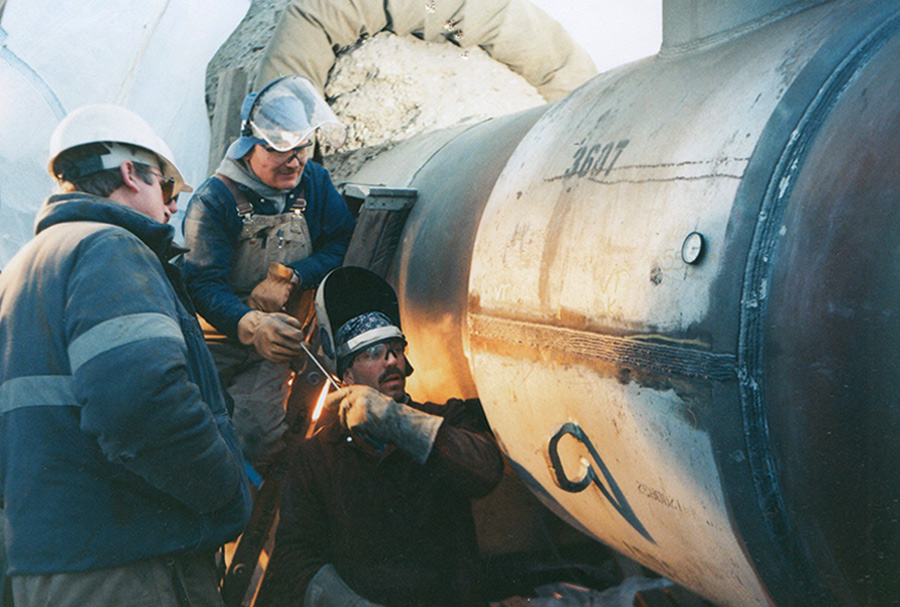
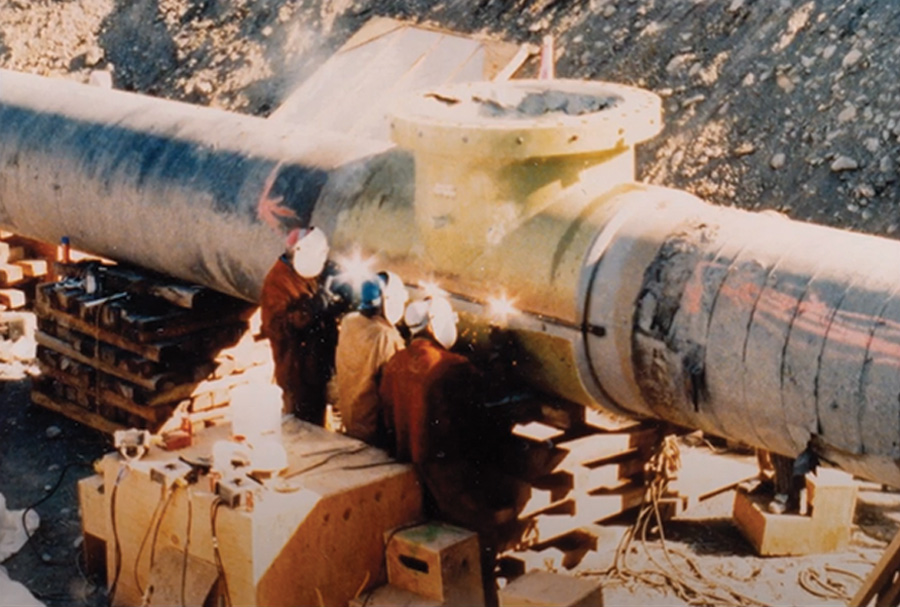
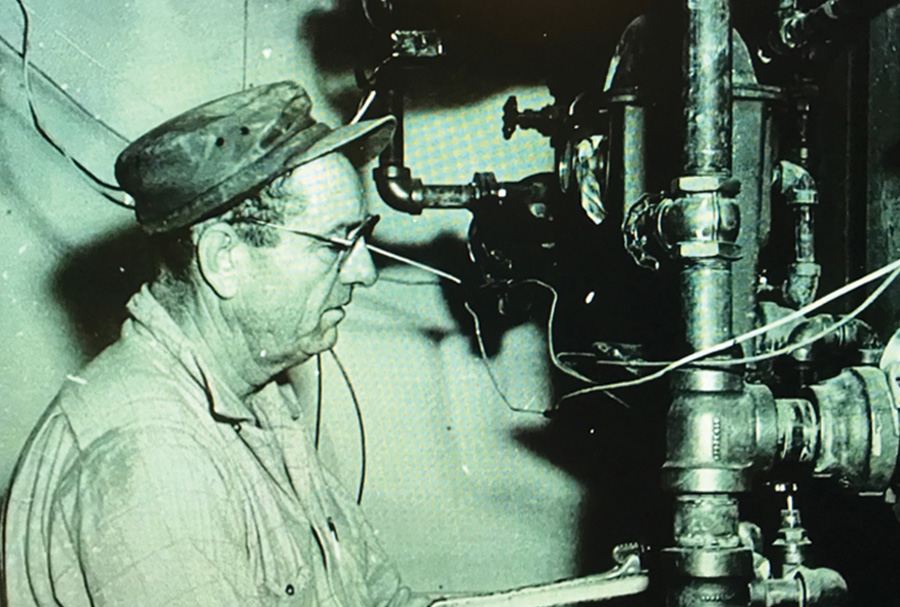


Building the Future.
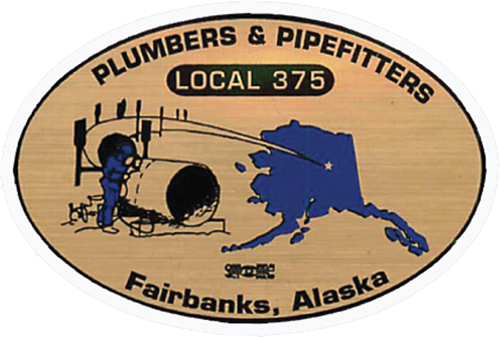

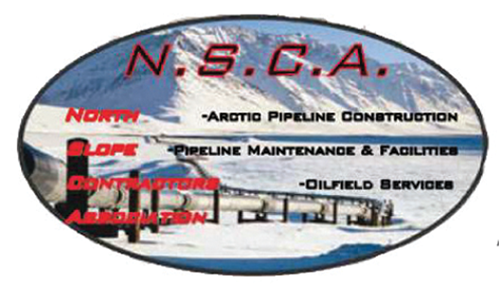



STATE LICENSED AND CERTIFIED. GUARANTEED FAST AND EFFICIENT.
xcitement was building. Members of the Associated General Contractors (AGC) of Alaska missed their annual conference in 2020, when it was cancelled because of COVID-19. The event in November 2021 was split into two, with the in-person activities postponed as well. When the conference finally took place in January at the Hotel Captain Cook in Anchorage, AGC members were in a mood to party. The room was a little emptier than usual for the statewide conference, but the construction industry professionals who attended were eager to catch up with their colleagues and to honor this year’s awardees.
Due to skipping a year, AGC had two of its annual Hard Hat awards to hand out. As it happens, both honorees are past presidents of the trade group. For one of them, the year-plus delay makes his award posthumous.
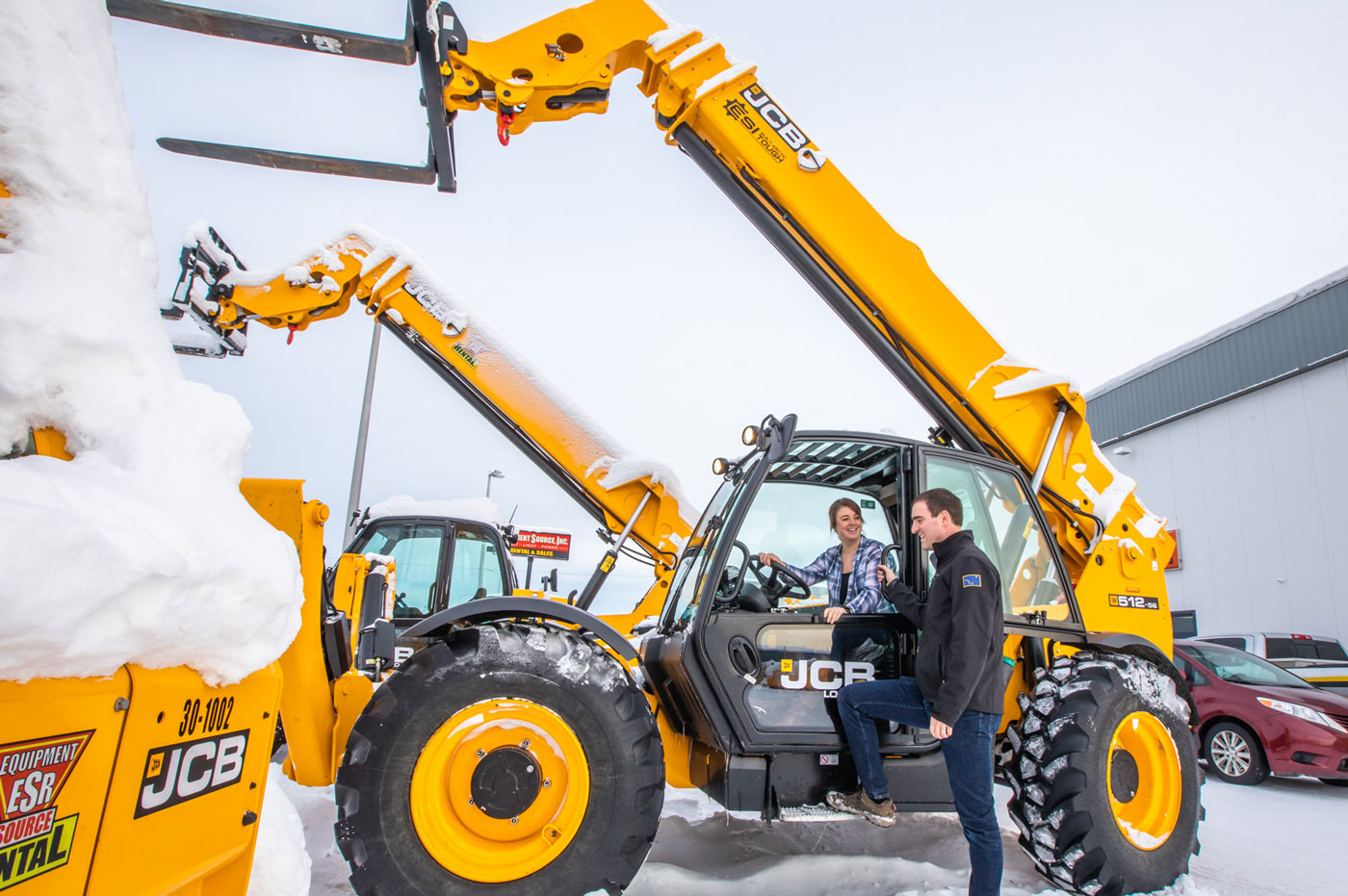
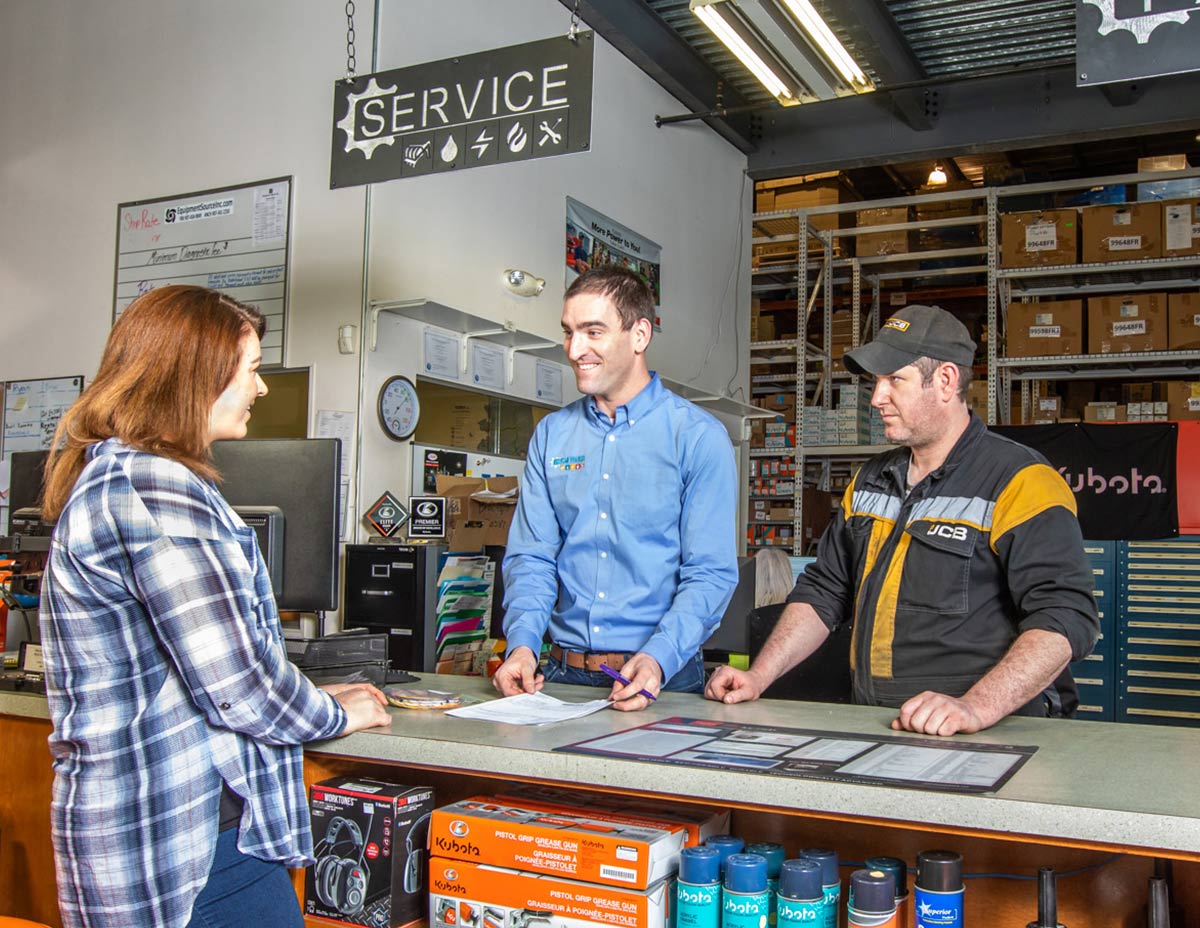
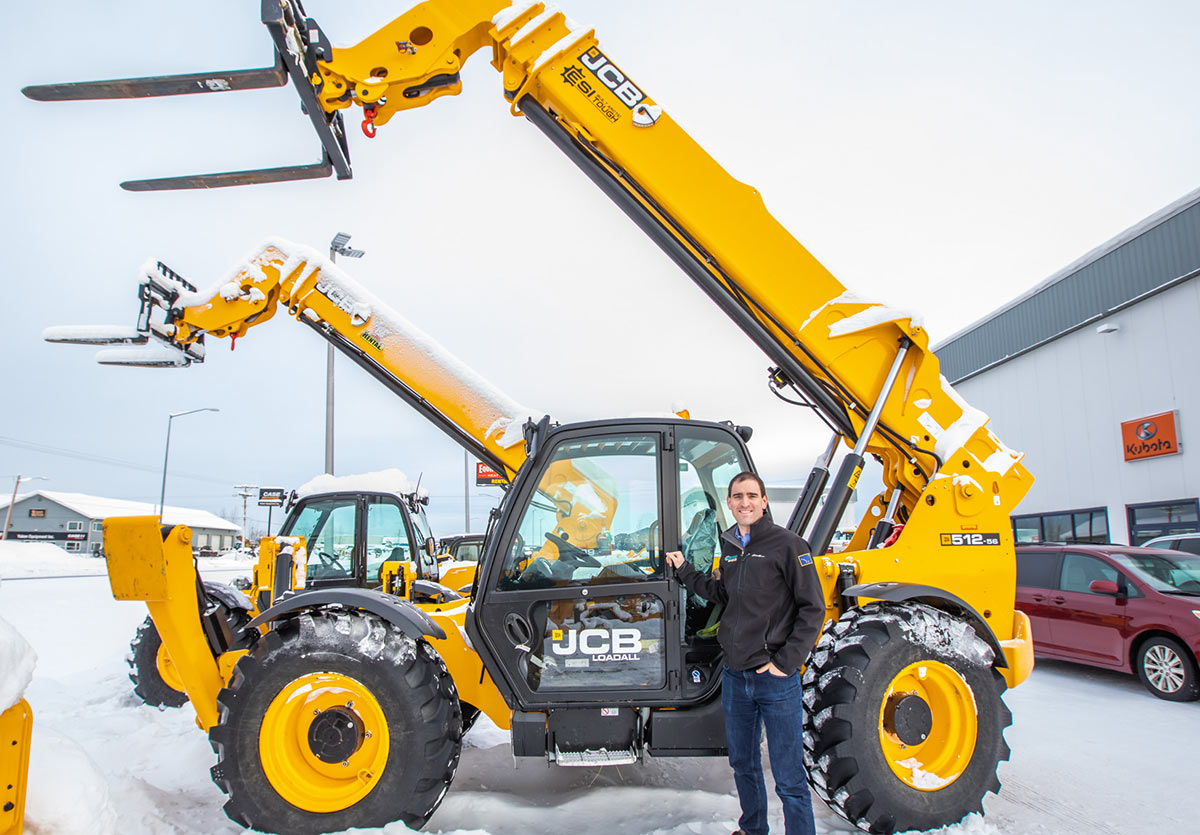
we know Alaska!
Fairbanks (907) 458-9049
Williston (701) 774-5312

very executive or business owner has shown up at their office on what seemed to be a perfectly normal morning and walked into a disaster. Most of the time when business leaders face a problem, they can evaluate the situation, take appropriate action, then move on. But what if the problem is too thorny—for any number of reasons? Maybe it’s beyond the management team’s area of expertise, such as a cyber-attack or a situation that has drawn the interest of government regulators or even law enforcement officials. Or perhaps it involves allegations of misconduct of someone on a senior leadership team. In such situations, business leaders should consider whether hiring outside counsel to conduct an investigation is their best option.

n September 28, 2015, Shell Oil abruptly ended its efforts to drill off Alaska’s Arctic coast. At the time, the company had roughly 400 workers at an office in Anchorage, plus an additional 3,000 contractors anticipating another possible drilling season.
These days, Shell has little to no physical presence in Alaska. In 2021, the company had so much trouble finding an operator to explore its only remaining Beaufort Sea unit that the state Division of Oil & Gas had to approve an extension until the end of 2022.
That extended search is part of a process that began in late 2020, when official filings seemed to hint at a grand reprise of Shell’s Alaska adventure. That inference, though, was colored by the wish for another major player to inject its industrial vitality into the state’s economy.
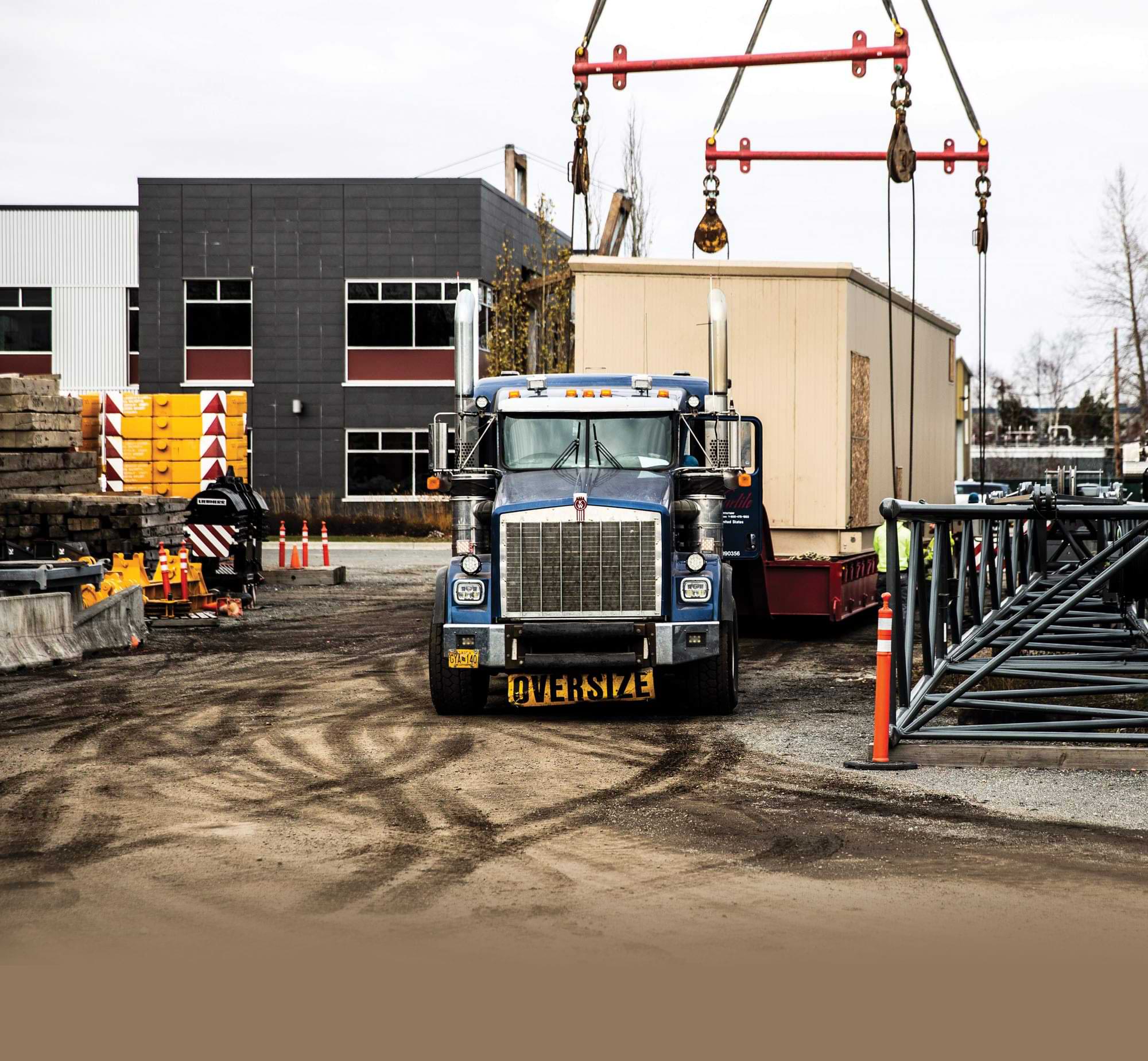
 800.478.1853 | customerservice@carlile.biz
800.478.1853 | customerservice@carlile.bizwe build Alaska
Connecting the World to Alaska.
Connecting the World to Alaska.
 800.478.1853 | customerservice@carlile.biz
800.478.1853 | customerservice@carlile.biz
veryone knows Alaska’s economy is dominated by oil and gas, but not when it comes to foreign exports. The most valuable commodity Alaska sends to other countries is, in fact, zinc ore and concentrate. As of 2020 (the most recent data compiled by the US Census Bureau), Alaska exported $730 million worth of zinc. That’s down from over $1.2 billion in 2017 but still more than the $556 million worth of petroleum exported (because most Alaska petroleum is consumed domestically). When the rest of the world looks at Alaska’s resource output, they think zinc.
Zinc consumption has gone from about half a pound per person globally in 1960 to about four pounds in 2020. The metal is nearly ubiquitous, showing up in everything from dietary supplements and sunscreen to fertilizer and ordinary alkaline batteries. The most prominent use of zinc, though, is as a galvanizer: protecting both iron and steel from corrosion.
grew up in the car industry. Everything I’ve ever done has been in the car industry,” says Steve Allwine, president of Mendenhall Auto in Juneau. “I have never seen this set of circumstances ever in my lifetime.”
The problem is a lack of supply. “On the new car side, we don’t have a lot on the ground at any given time,” Allwine says of his Jeep, Subaru, Toyota, Honda, and Chevrolet stores.
Anyone shopping for a car or truck lately may have noticed a certain barrenness at dealerships, not just in terms of inventory on the lot but an absence of coffee and snacks in the waiting area. Marten Martensen, owner/dealer of Continental Auto Group’s five stores in Anchorage, says cutbacks have reached that deeply. He’s also had to eliminate costs such as courtesy shuttles and advertising and reduce his payroll by forty to fifty employees.





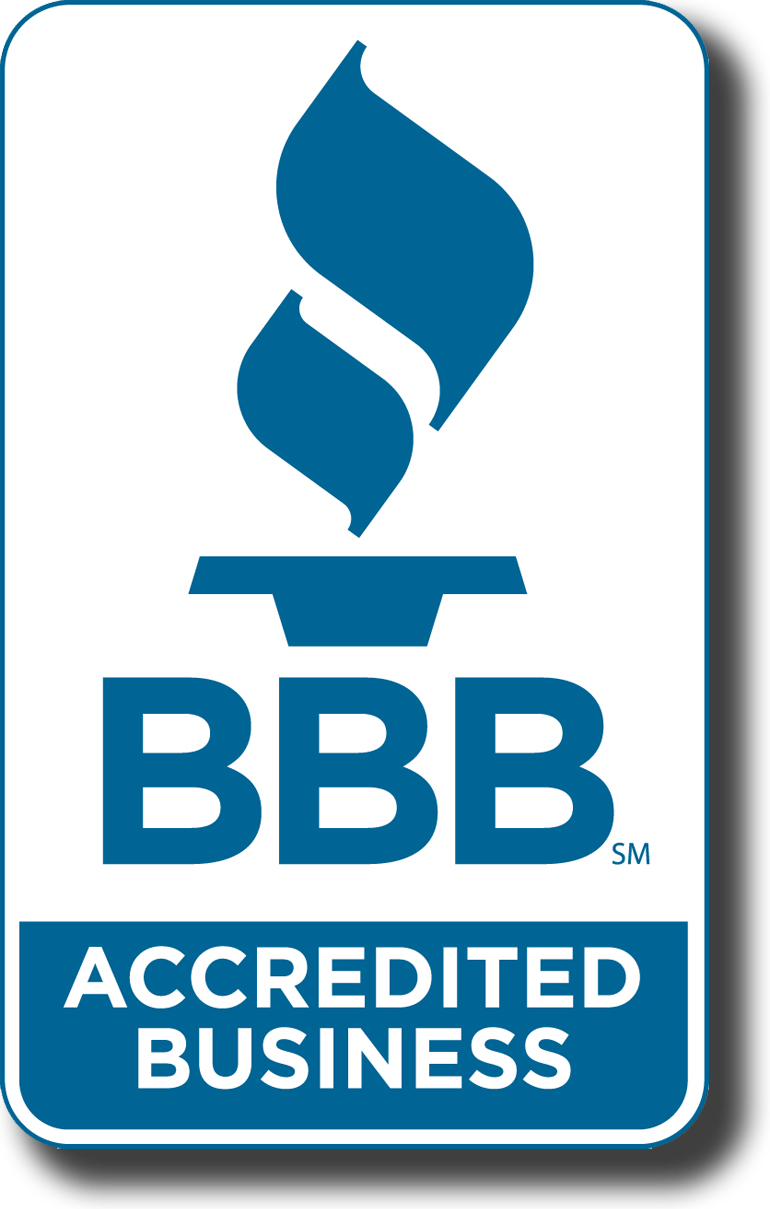
ON EAST 5TH AVE
ACROSS FROM MERRILL FIELD

A forecast for the Alaska economy in 2022 anticipates approximately the same level of growth as in 2021, up about 2.2 percent, or 7,000 new jobs. That would leave the state nearly 14,000 shy of where jobs were before the COVID-19 pandemic, yet federal infrastructure spending could entirely make up the difference. In his first forecast in two years, Mouhcine Guettabi, formerly of the UAA Institute of Social and Economic Research (ISER), concludes that a full recovery this year depends on the first billion dollars of IIJA funds being deployed quickly, provided the construction sector has the capacity to mobilize.
iseralaska.org
The North Pacific Fishery Management Council voted to switch halibut bycatch for Bering Sea and Aleutian Islands groundfish trawlers to an abundance-based limit. The trawl fleet is currently capped at no more than 1,745 metric tons of halibut incidentally snagged while fishing for sole or yellowfin sole. The cap has remained fixed for years while halibut abundance decreased steadily since 1990. The new method would lower the limit to 1,309 metric tons—slightly higher than the average annual bycatch—and float based on abundance surveys by the International Pacific Halibut Commission and the National Marine Fisheries Service. The new bycatch limit is scheduled to be implemented either in mid-2023 or the beginning of the 2024 fishing season.
npfmc.org
Economic Indicators
 505,349 barrels
505,349 barrels -1% change from previous month
-1% change from previous month
1/30/22
Source: Alaska Department of Natural Resources
 $91.08 per barrel
$91.08 per barrel 14% change from previous month
14% change from previous month
Source: Alaska Department of Natural Resources
 352,100 Labor Force
352,100 Labor Force 6% Unemployment
6% Unemployment
Source: US Bureau of Labor Statistics

 Carter Damaska is the new Social Media Manager. Originally from Michigan, he earned a degree in history and classical studies from Hope College. He made a living as an events photographer, branching out into videography and web design, skills that help him engage with the Alaska Business audience via social media platforms. He would rather have pursued a career as an auto mechanic, being able to identify makes and models at a glance, but underneath the hood, he says, he’s lost beyond checking the oil.
Carter Damaska is the new Social Media Manager. Originally from Michigan, he earned a degree in history and classical studies from Hope College. He made a living as an events photographer, branching out into videography and web design, skills that help him engage with the Alaska Business audience via social media platforms. He would rather have pursued a career as an auto mechanic, being able to identify makes and models at a glance, but underneath the hood, he says, he’s lost beyond checking the oil.

 Taylor Sanders, the new Web Manager, studied in Paris to become a pastry chef and event coordinator. After ten years on that career path, she pivoted from pastry to pixels. She was certified as a web developer after a year-long coding boot camp at the University of Washington and is now pursuing a degree in computer science at UAA. Her responsibilities include juggling all the content on the Alaska Business website and compiling the weekly Monitor e-newsletter. Born and raised in South Carolina, her native accent only emerges when she’s been around her family.
Taylor Sanders, the new Web Manager, studied in Paris to become a pastry chef and event coordinator. After ten years on that career path, she pivoted from pastry to pixels. She was certified as a web developer after a year-long coding boot camp at the University of Washington and is now pursuing a degree in computer science at UAA. Her responsibilities include juggling all the content on the Alaska Business website and compiling the weekly Monitor e-newsletter. Born and raised in South Carolina, her native accent only emerges when she’s been around her family.
Alaska Trends
This month’s article, “Hooked on Data” by Isaac Stone Simonelli, reports on how fisheries managers compile, share, and utilize all the different ways to count seafood. This includes the Commercial Operators Annual Report by the Alaska Department of Fish and Game (ADF&G), which tracks the tonnage of seafood harvested from ex-vessel (when the catch leaves the boat) to first wholesale to processors. Meanwhile, the Tax Division of the Alaska Department of Revenue is responsible for adding up the value of the commercial salmon harvest and recording the price per pound.
At a Glance
Talking to Strangers: What We Should Know About the People We Don’t Know by Malcom Gladwell.
Safari Club International.
Take our black lab for a walk.
Nice dinners.
Deer.
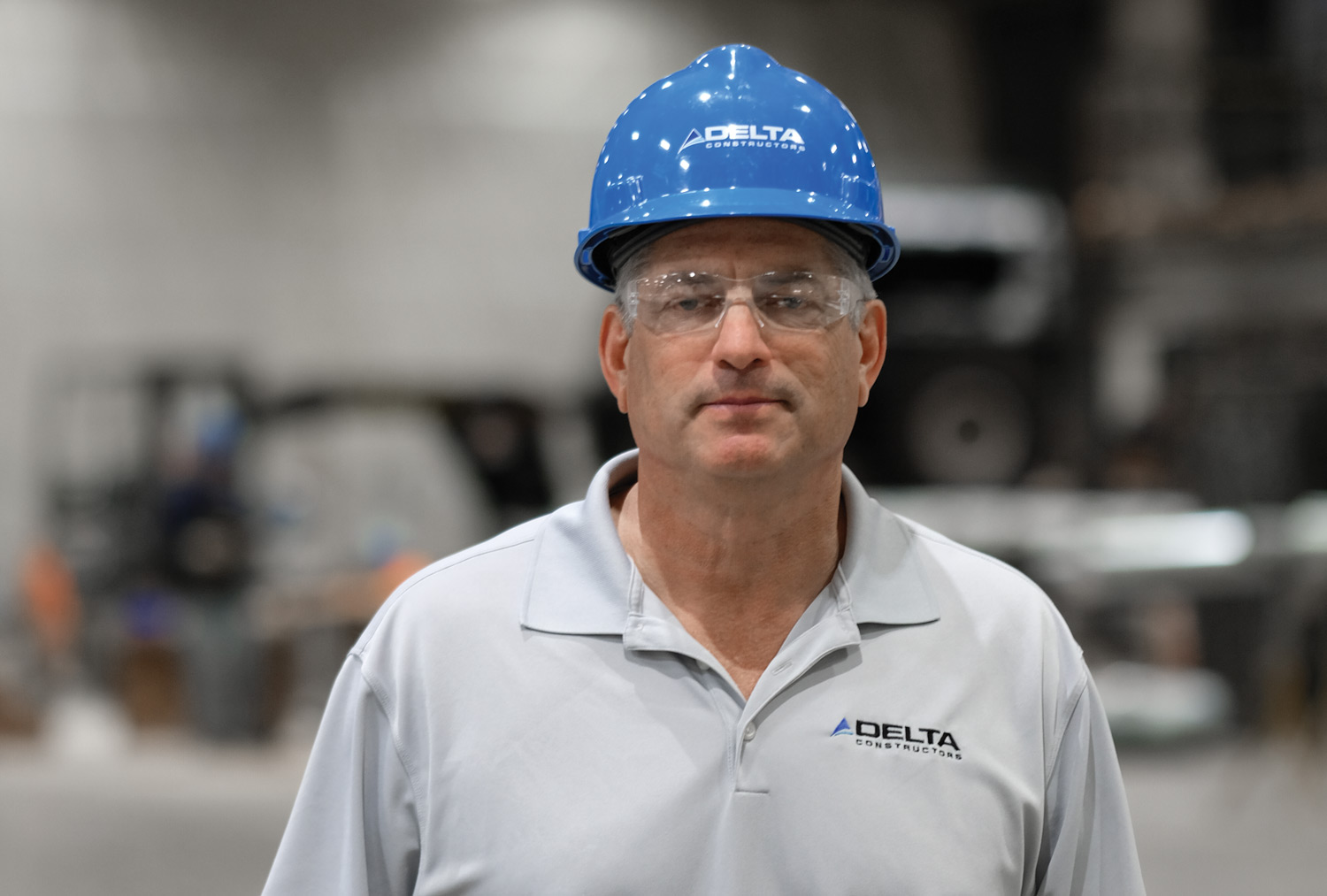
At a Glance
Talking to Strangers: What We Should Know About the People We Don’t Know by Malcom Gladwell.
Safari Club International.
Take our black lab for a walk.
Nice dinners.
Deer.
Off the Cuff
anked at #23 on the Alaska Business Top 49ers list for 2021, with the fourth-highest gross revenue of any non-Native corporation (after Lynden, Three Bears Alaska, and Chugach Electric Association), Delta Constructors makes a big impact without leaving a big impression. CEO Ed Gohr started the company in 2007, and by 2013 it was working on high-dollar, behind-the-scenes projects in Alaska and North Dakota oil fields. That portfolio propelled Delta into the Hundred Million Dollar club, the youngest Alaskan-owned company with that status.
Not bad for a contractor almost unknown outside of the industry. “Kinda go under the radar,” Gohr acknowledges.

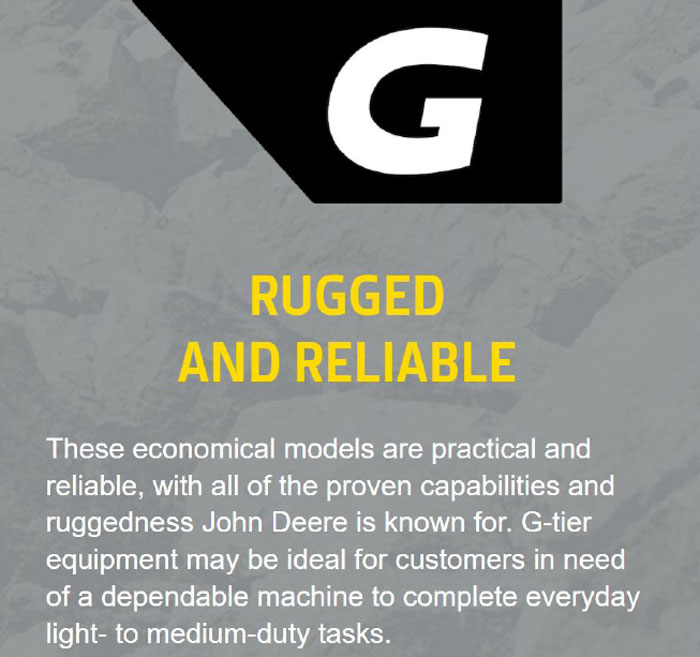
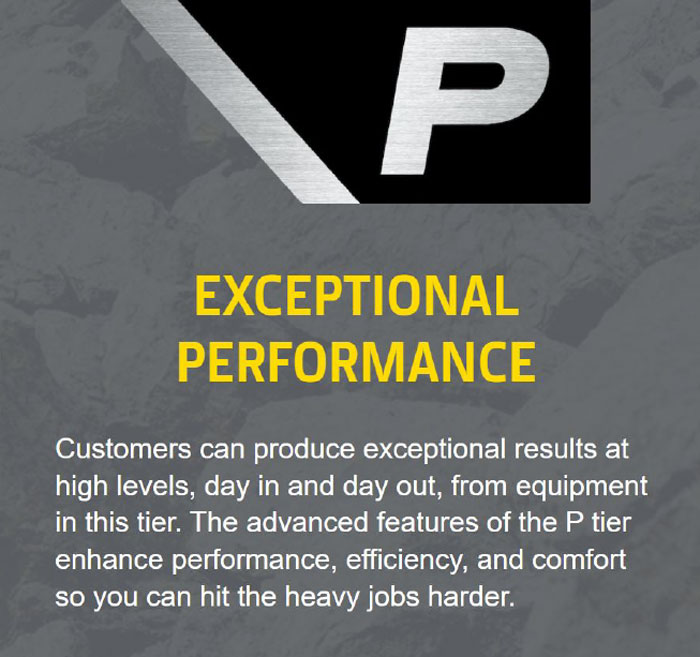
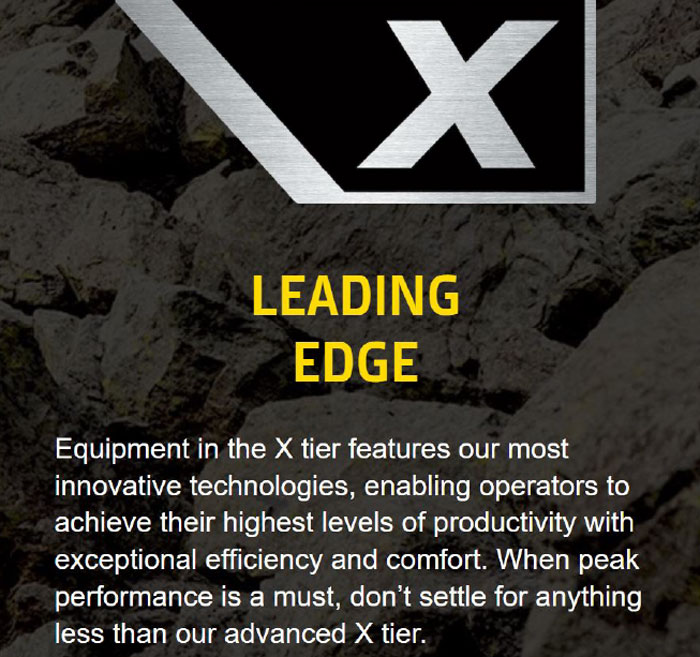
907.522.6466

907.474.2000
907.895.9898
907.456.2000
907.659.2000
907.335.5466

907.522.6466
The Rental Zone
907.474.2000
Delta Junction
907.895.9898
Fairbanks
907.456.2000
Prudhoe Bay
907.659.2000
Kenai
907.335.5466
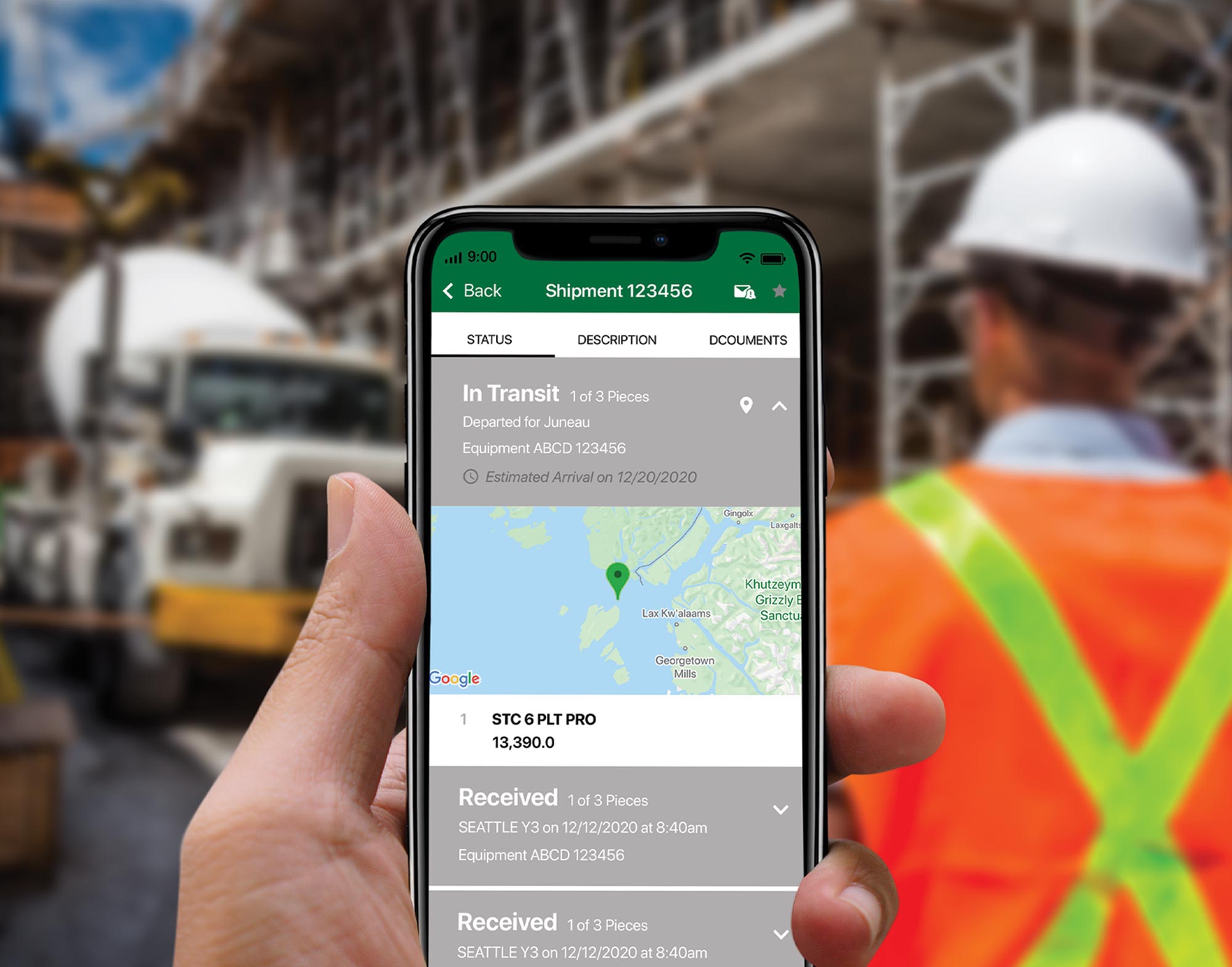
Plans Change.
Deadlines Don’t.
Track it from anywhere using Lynden’s mobile app, or choose to receive email updates as the status changes.



